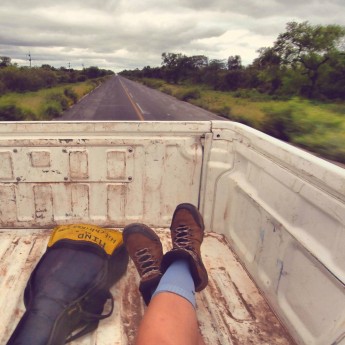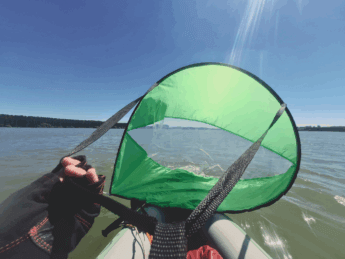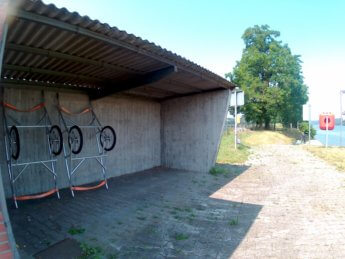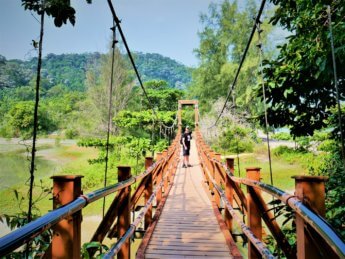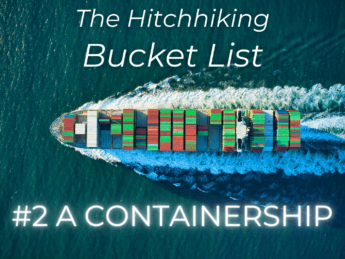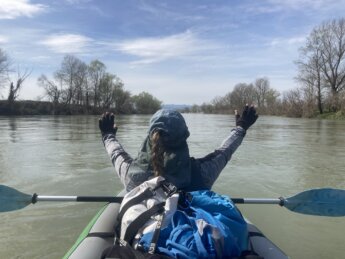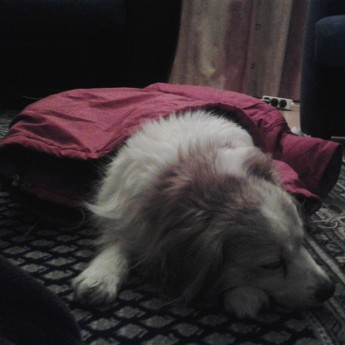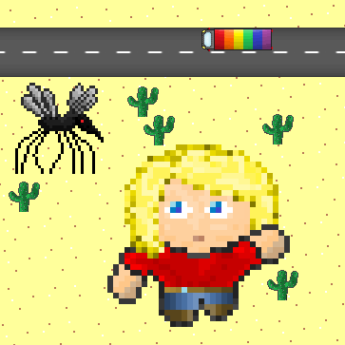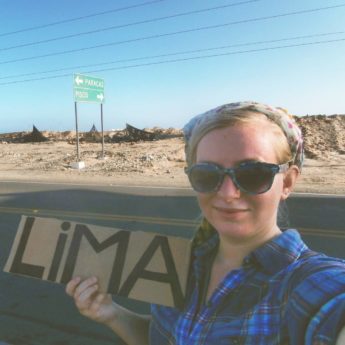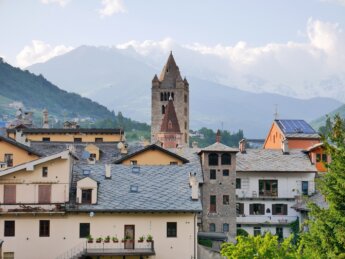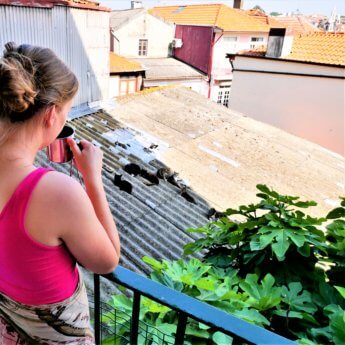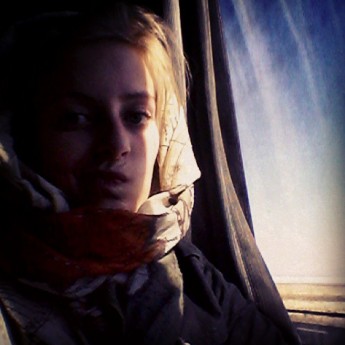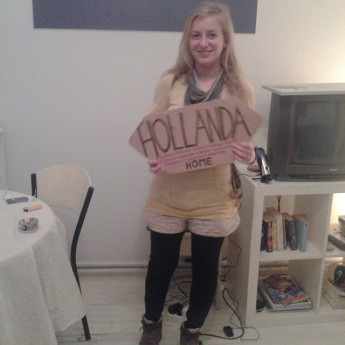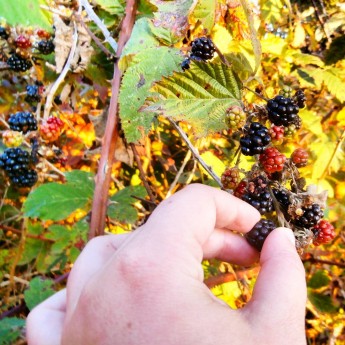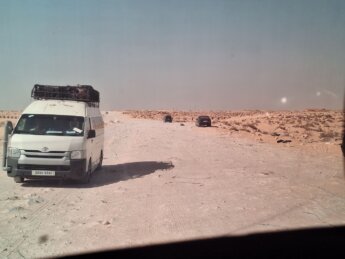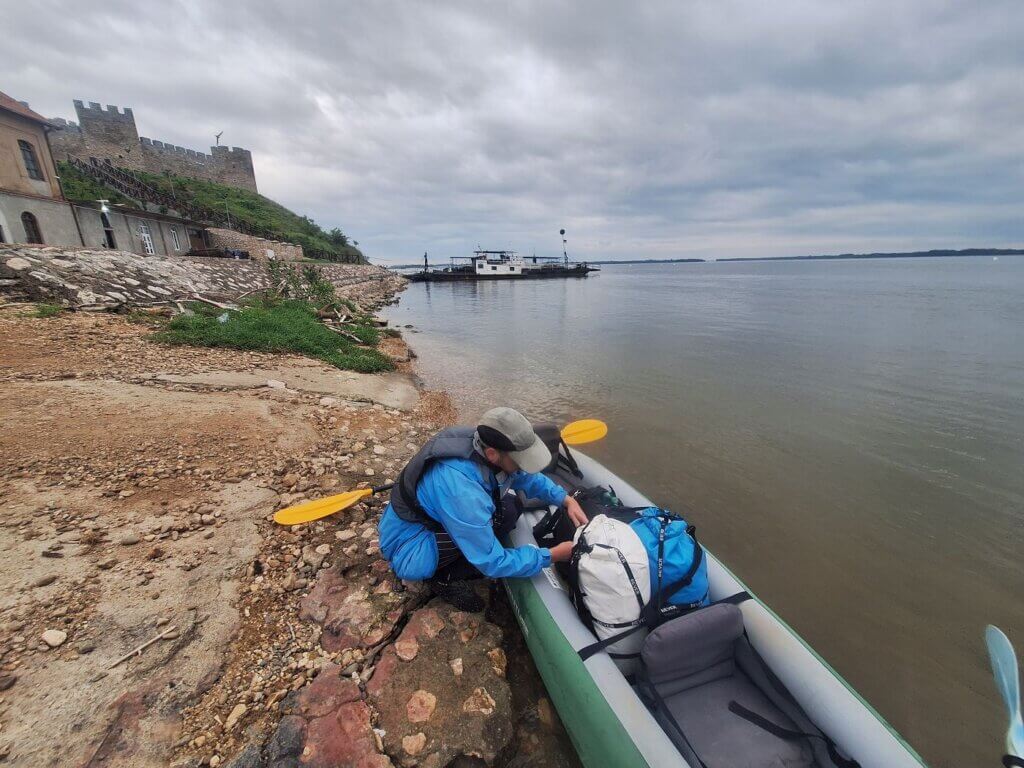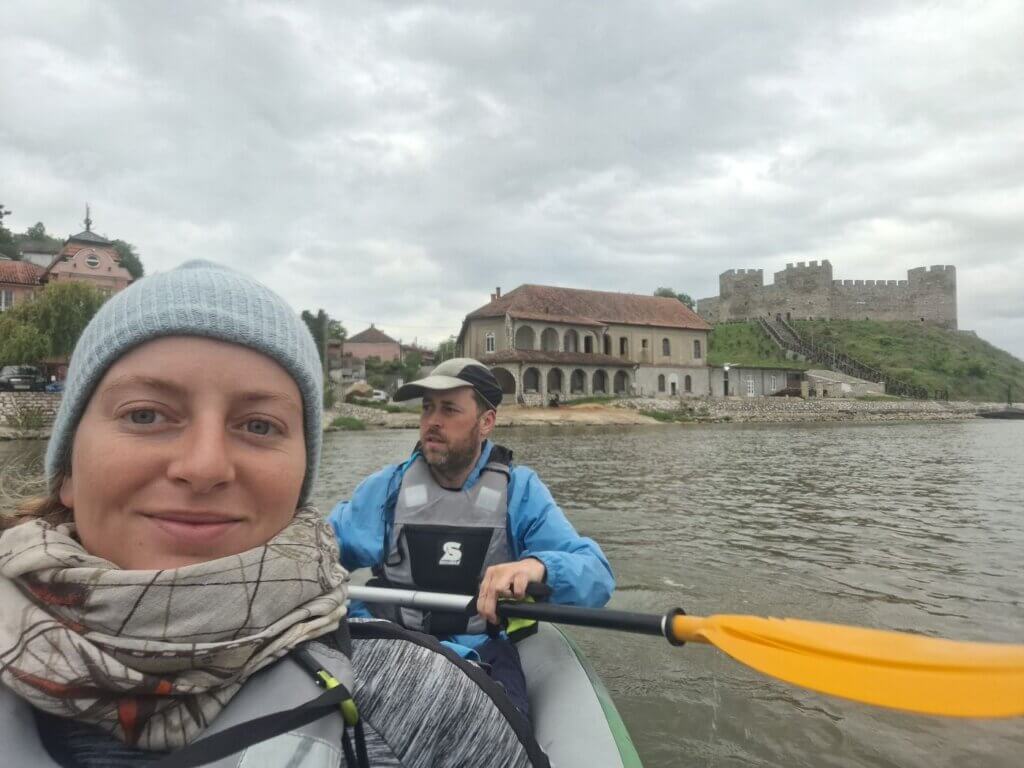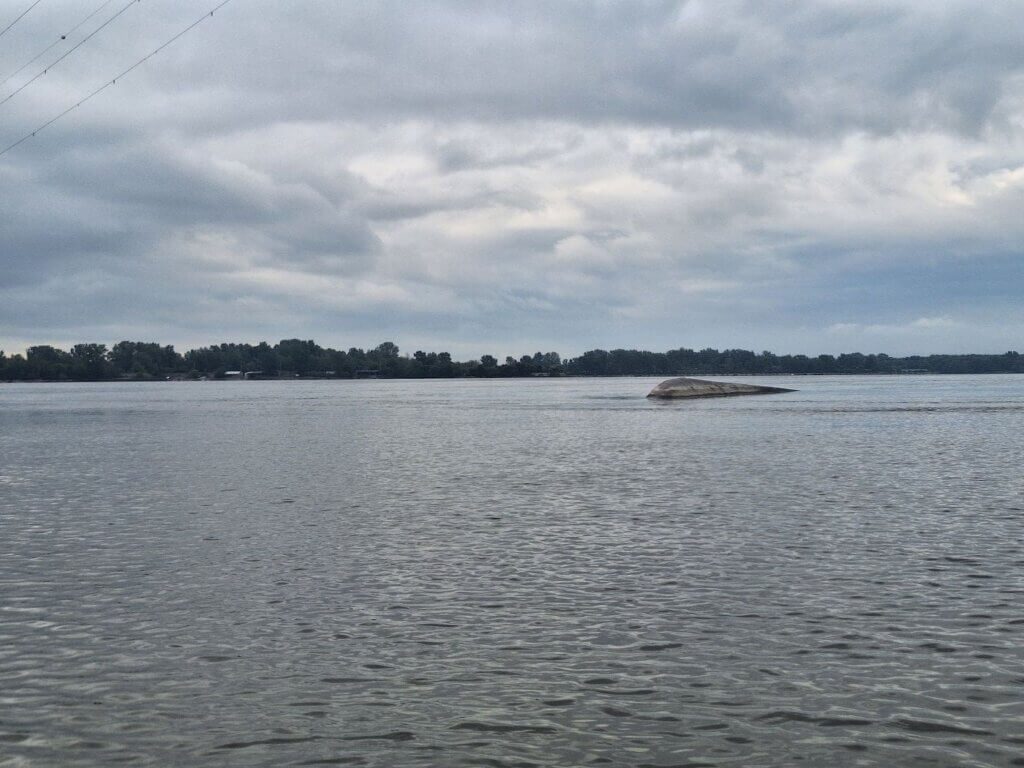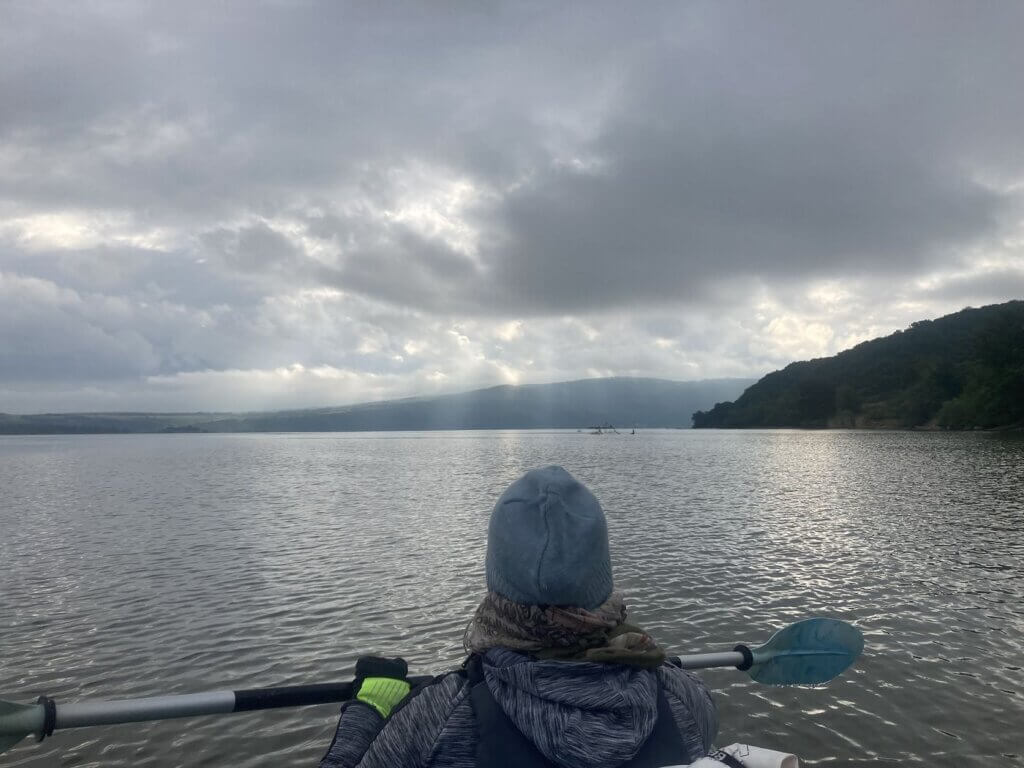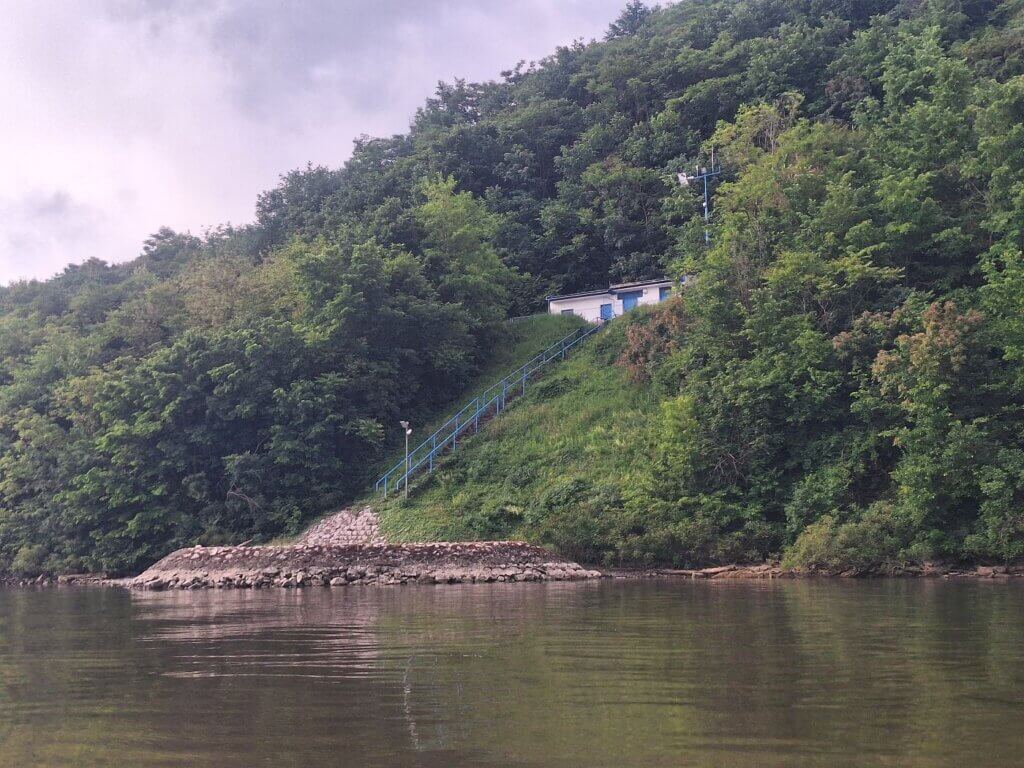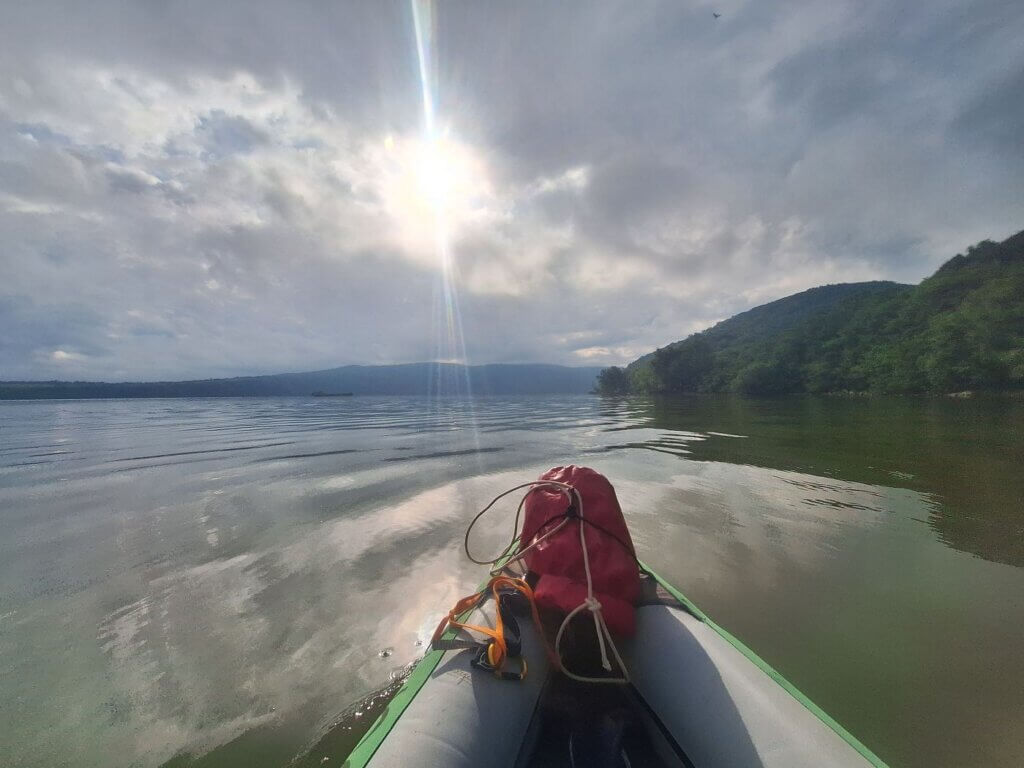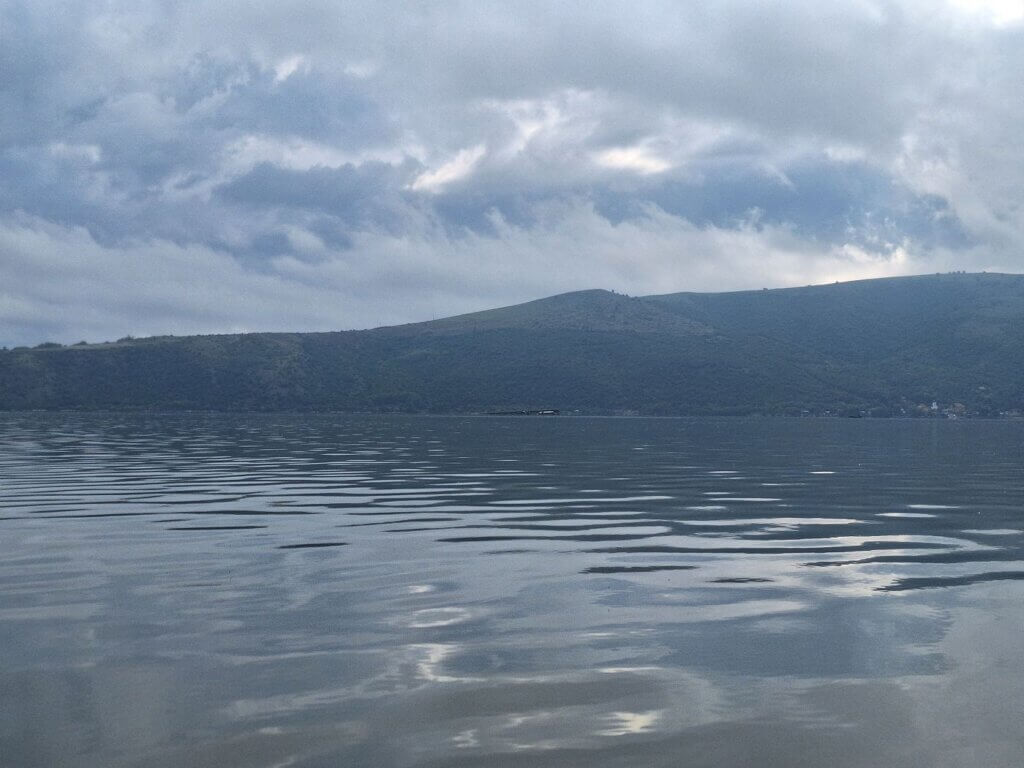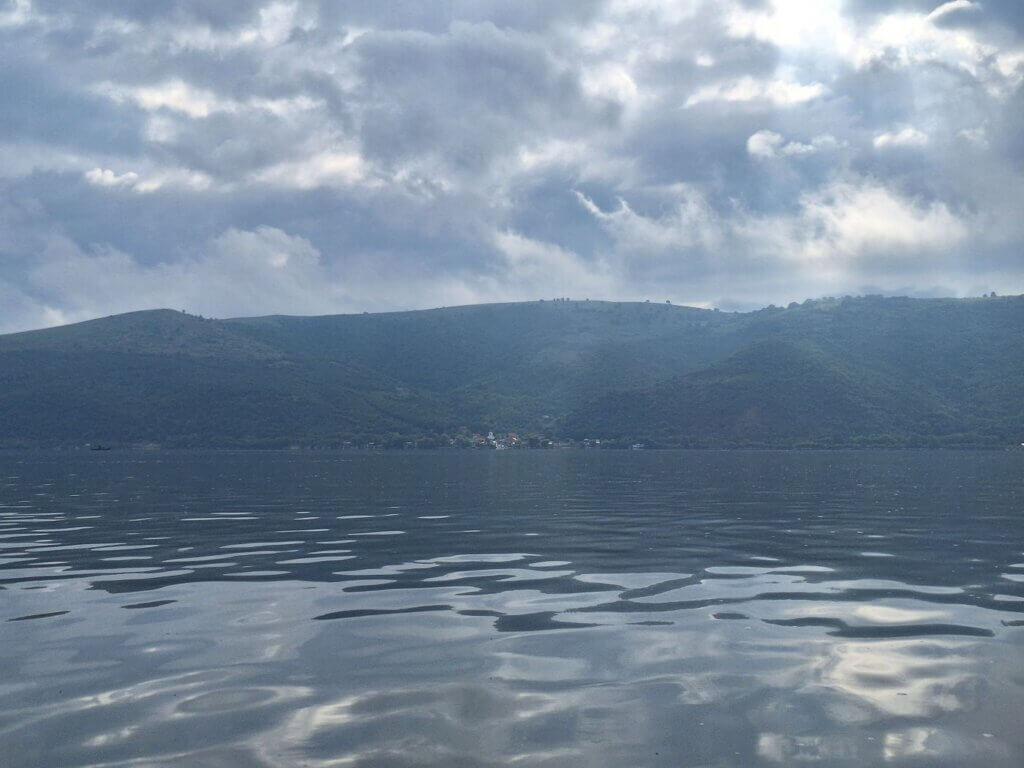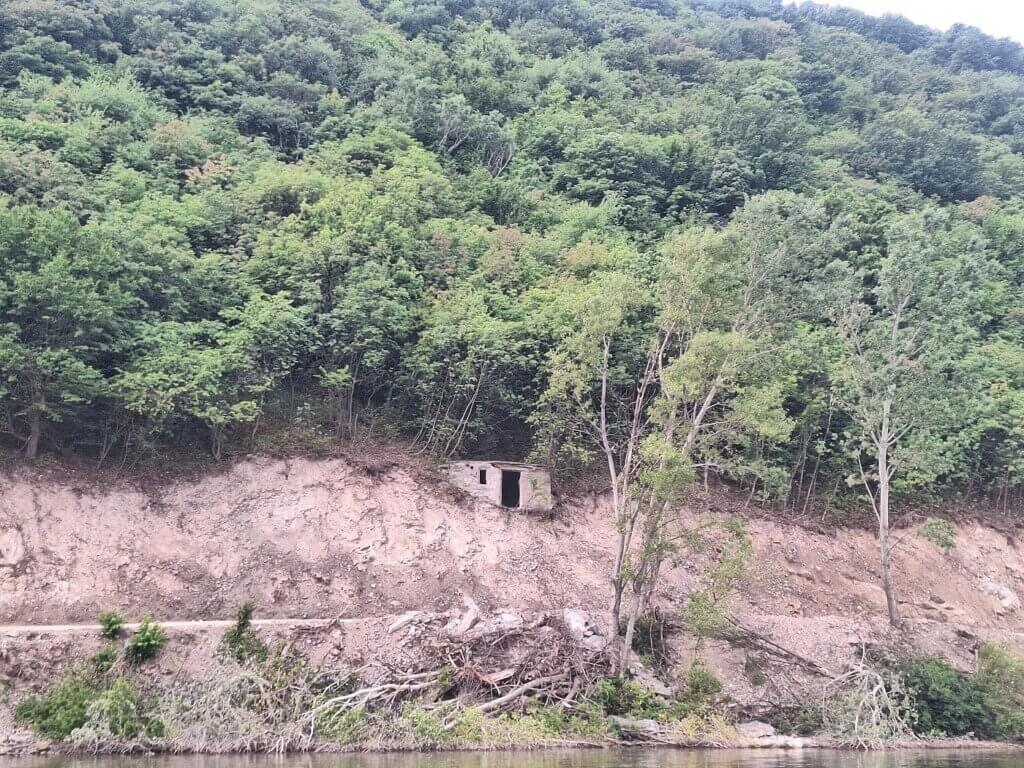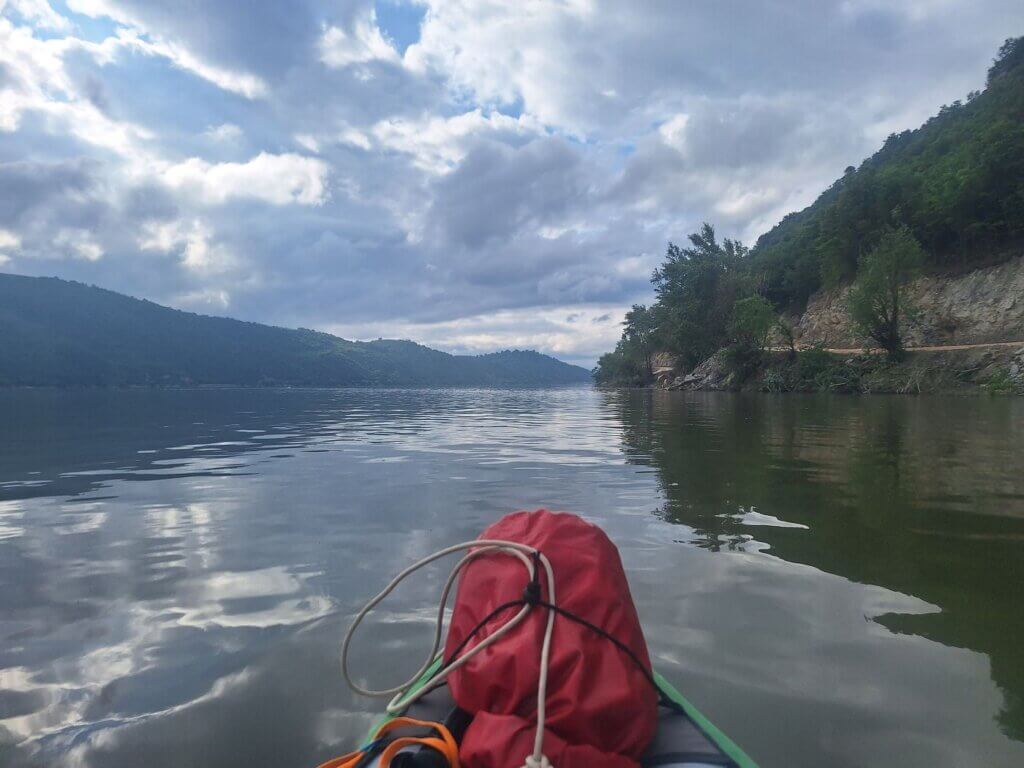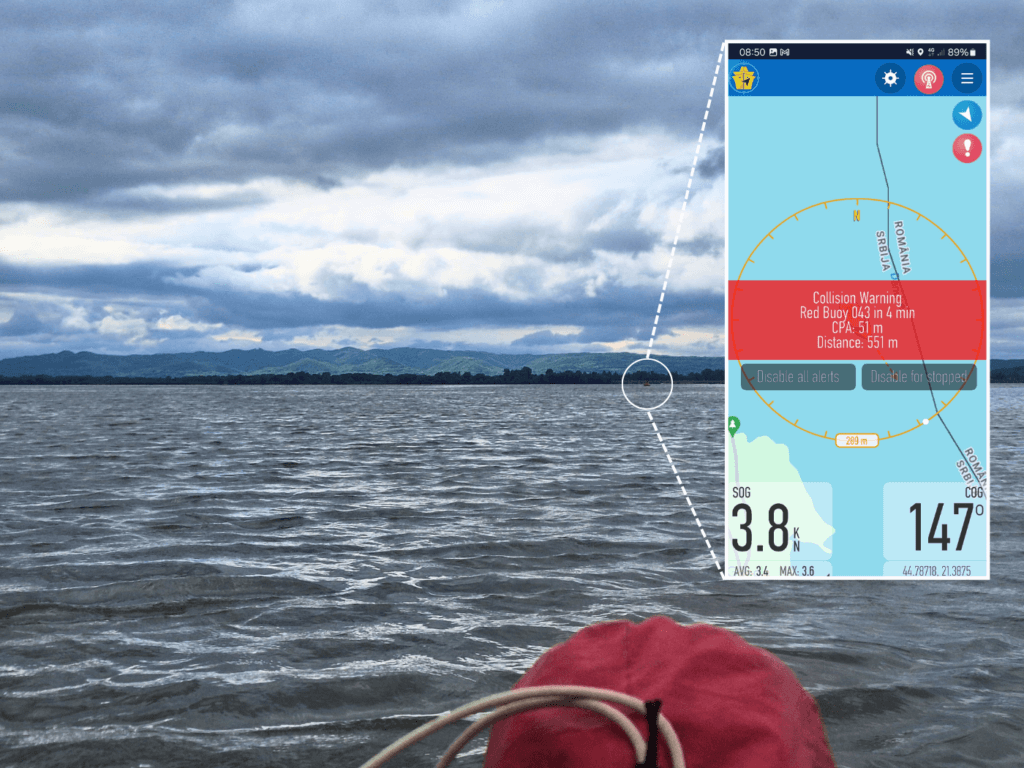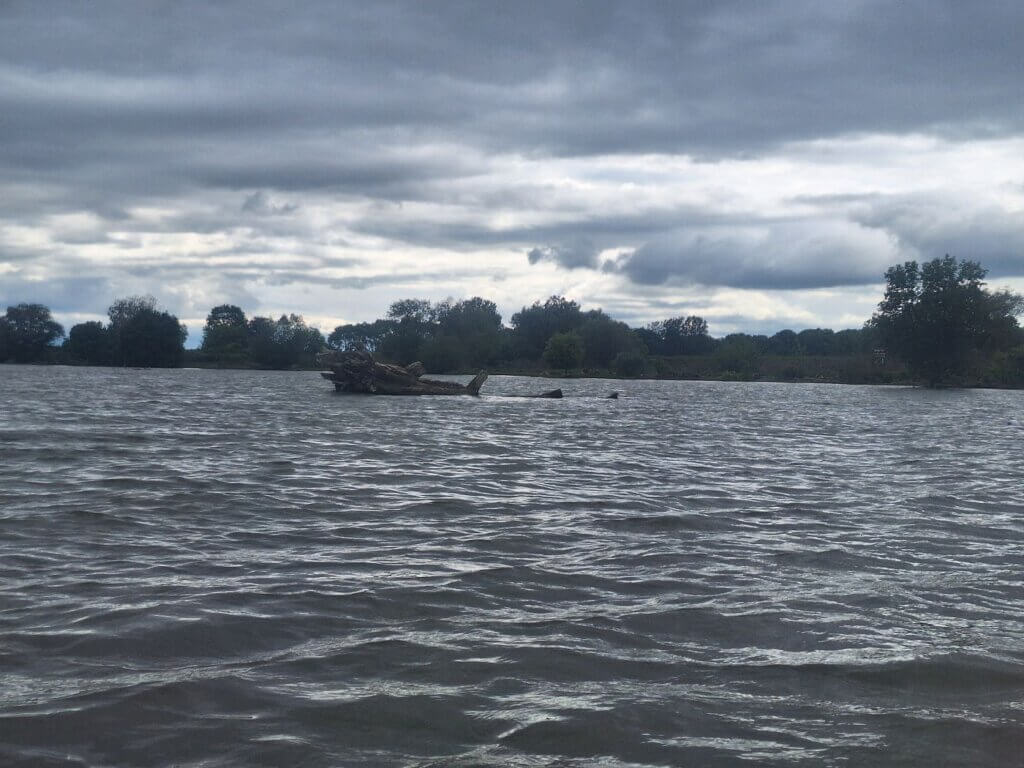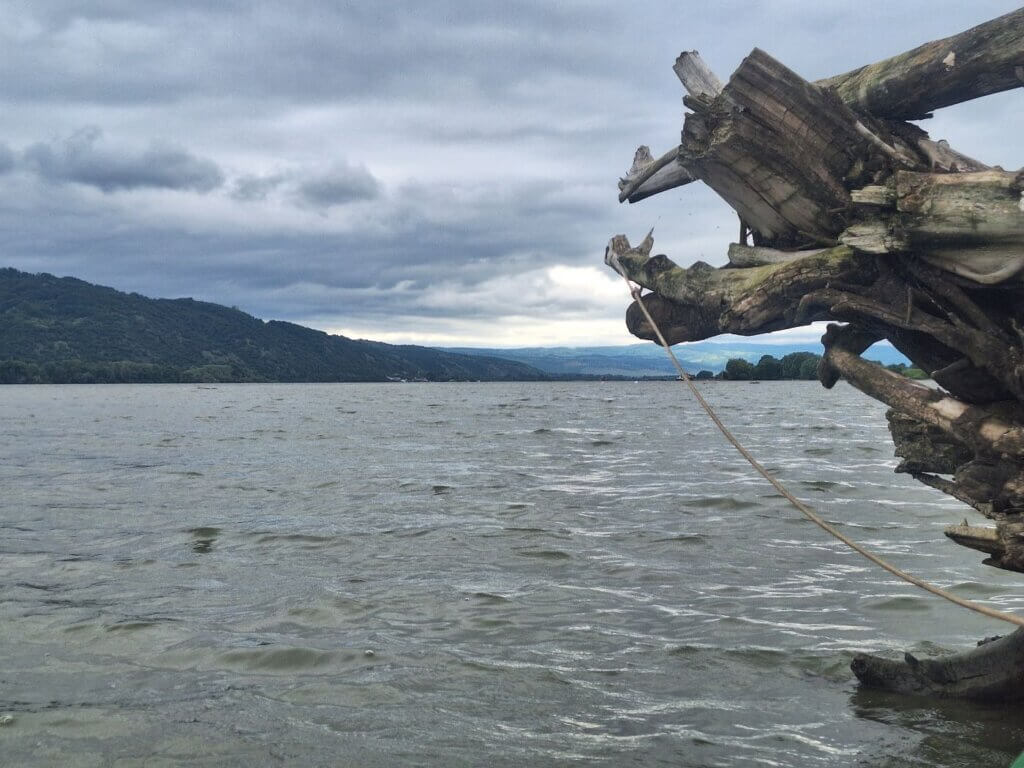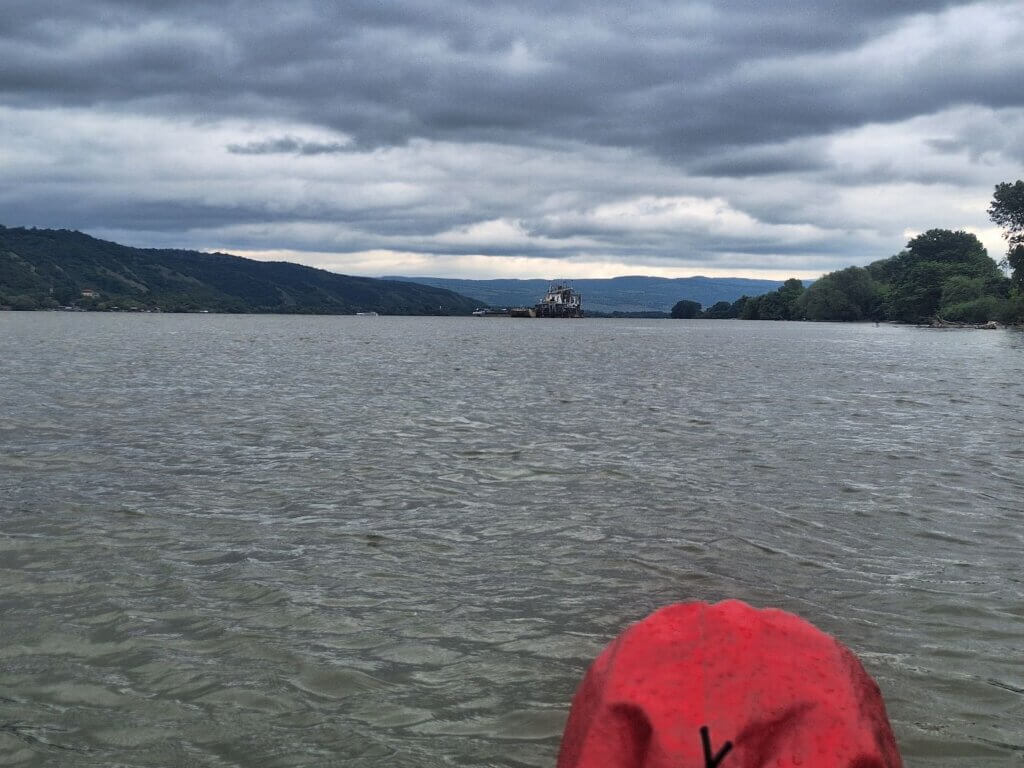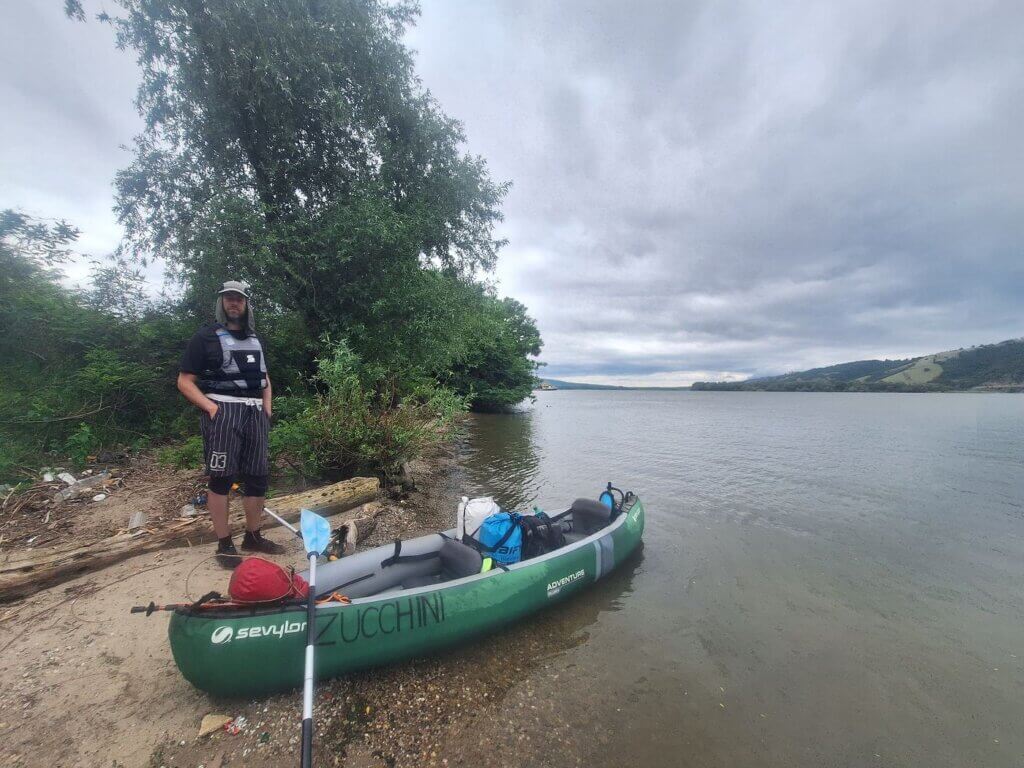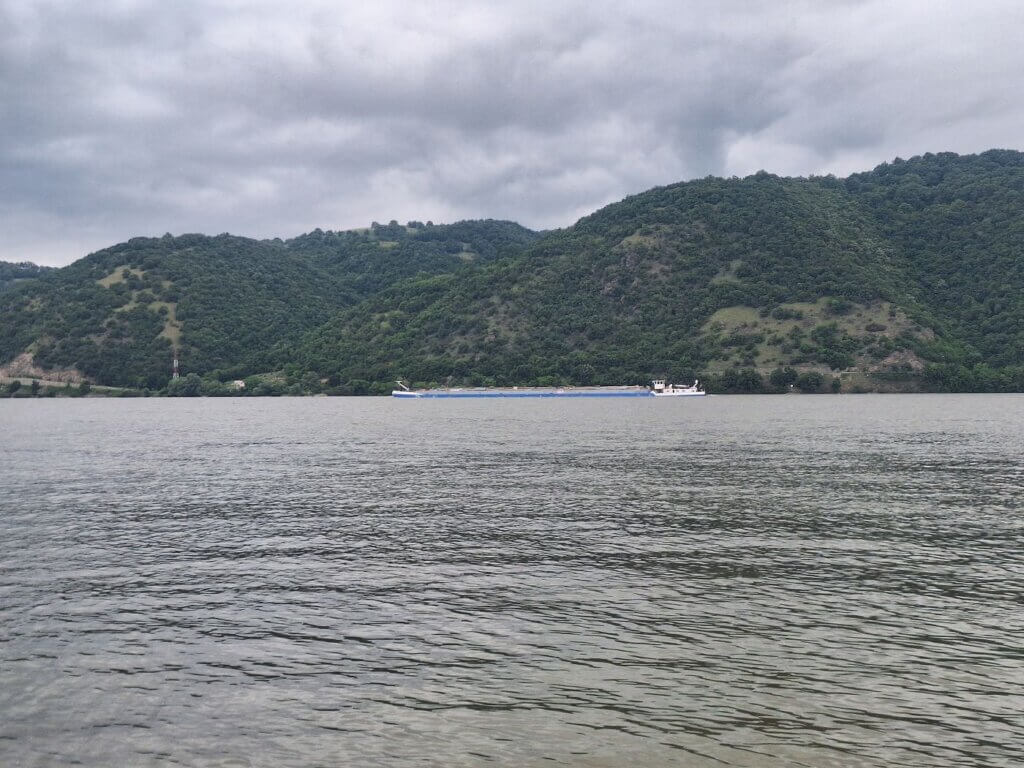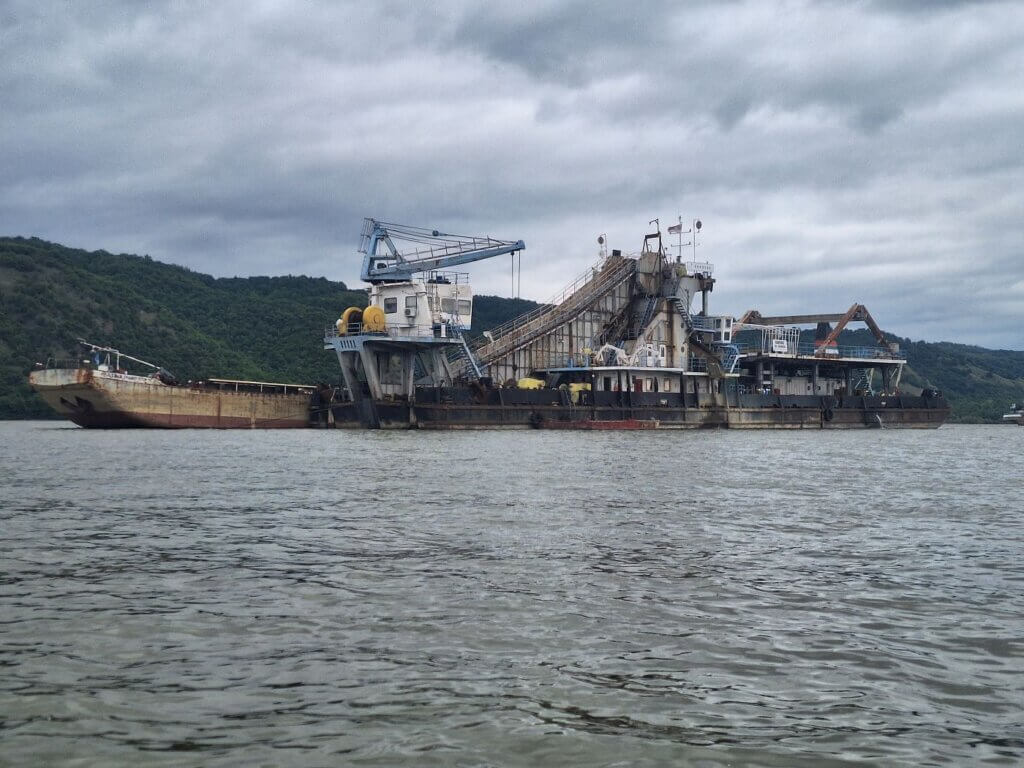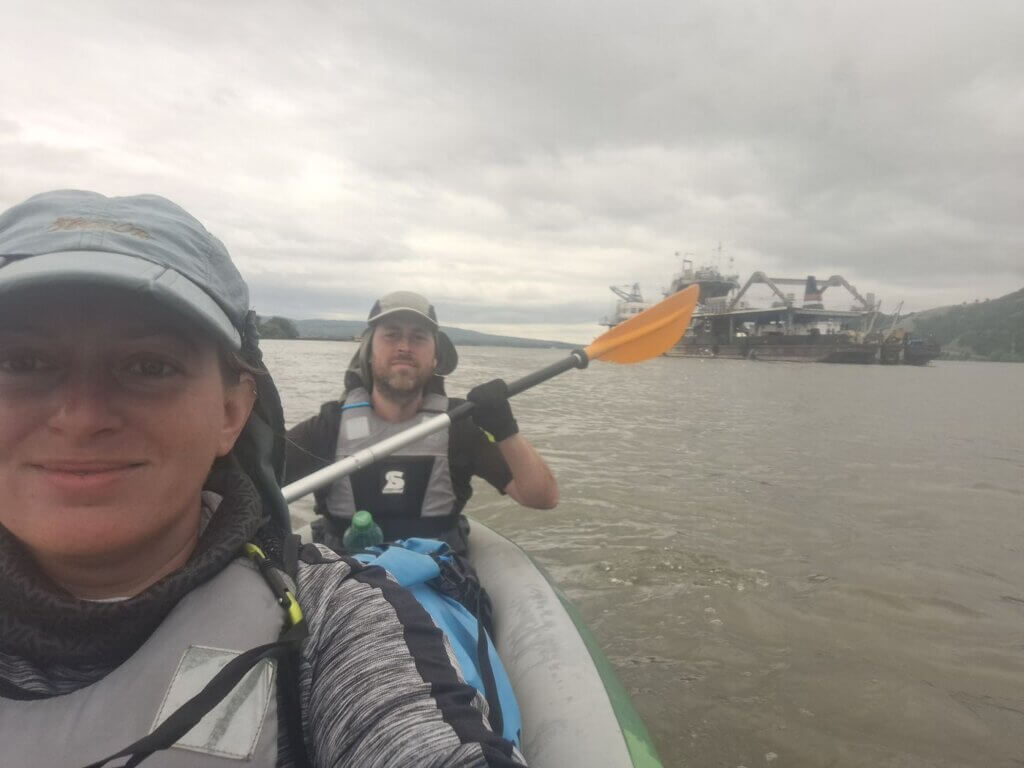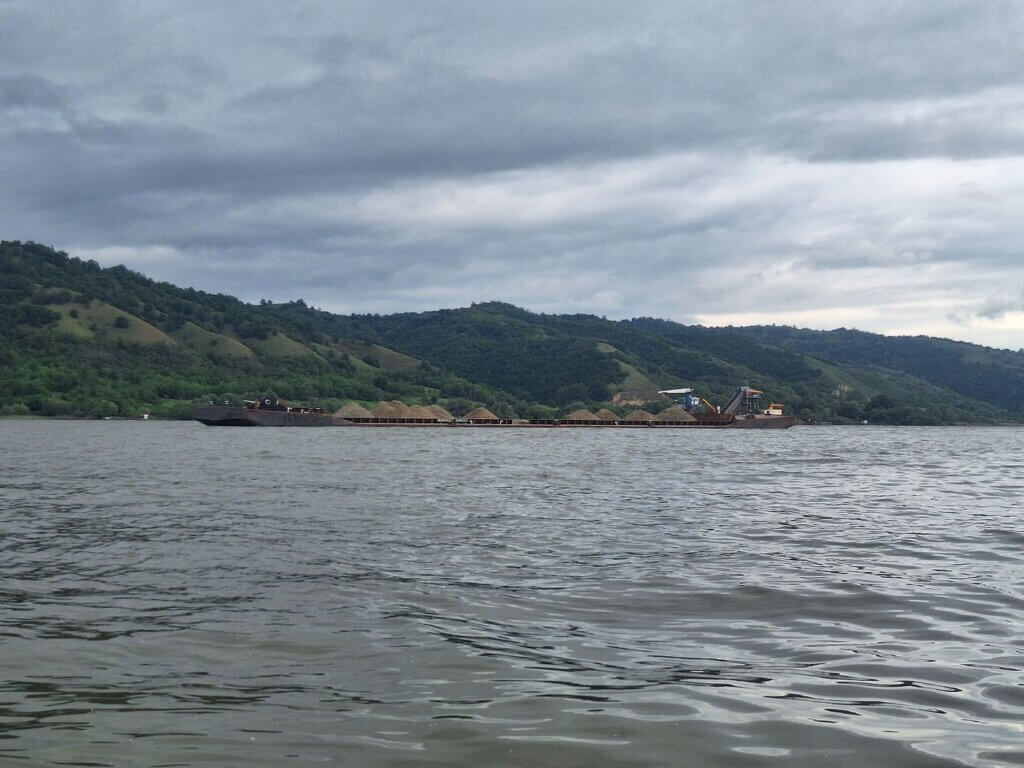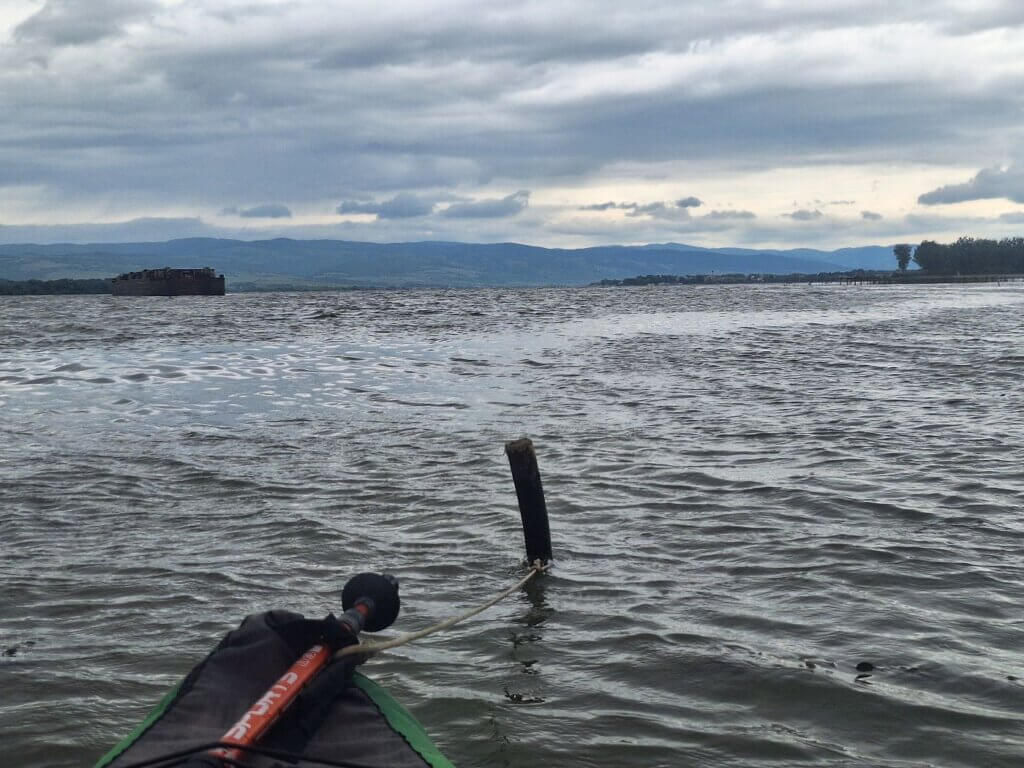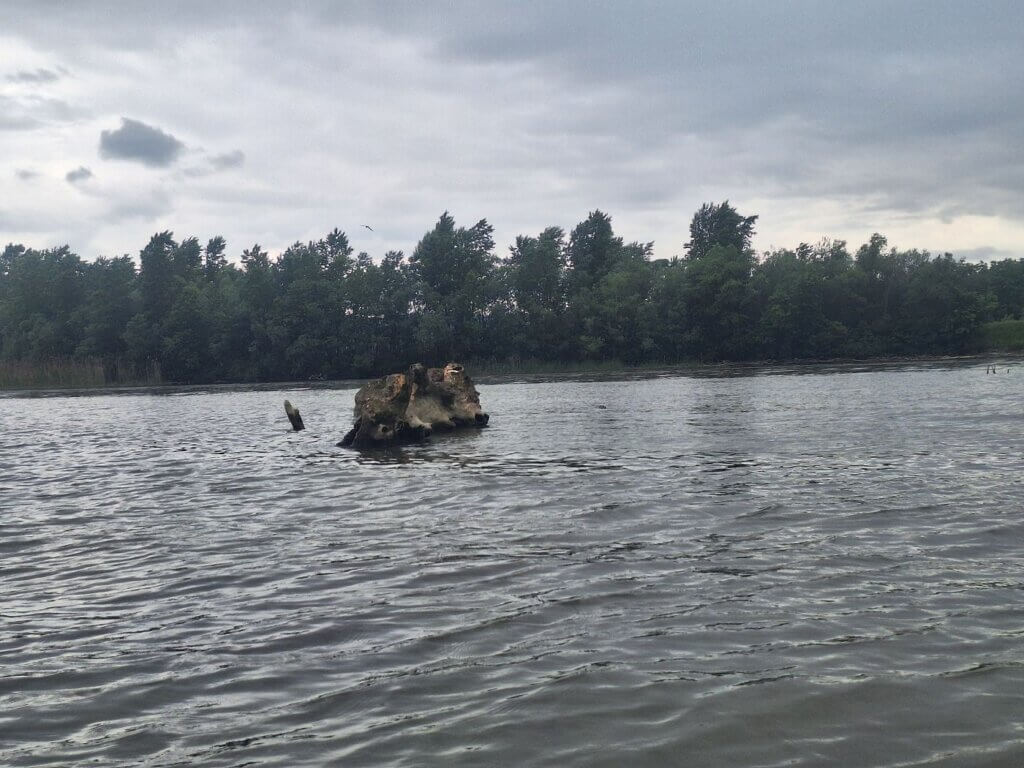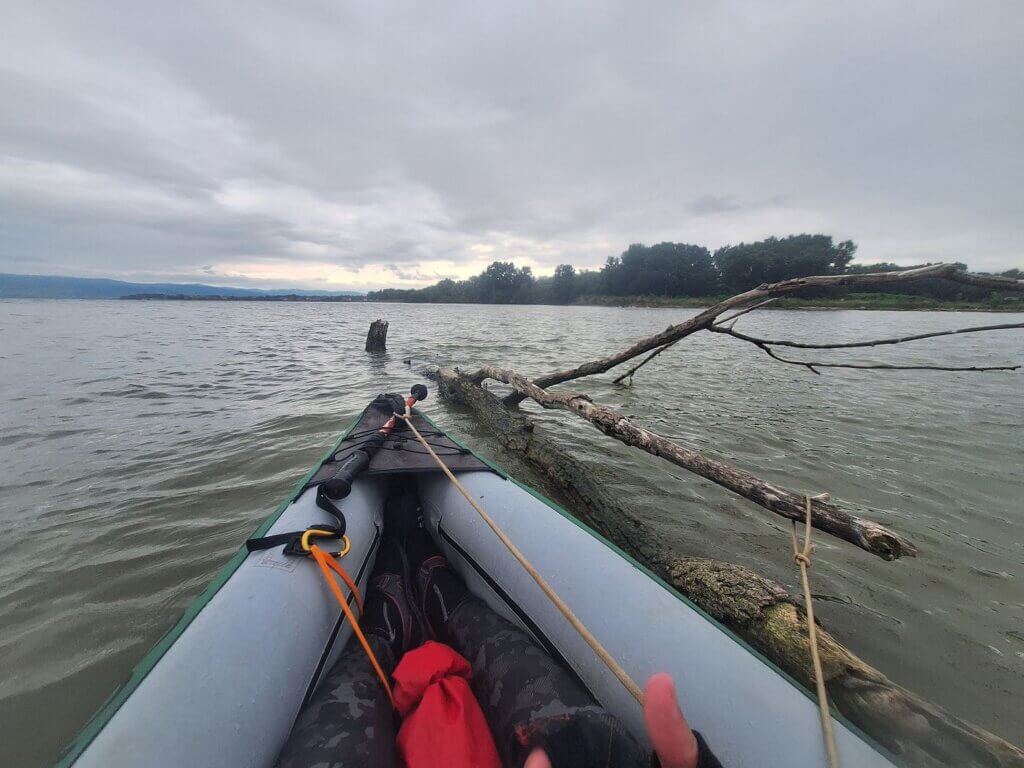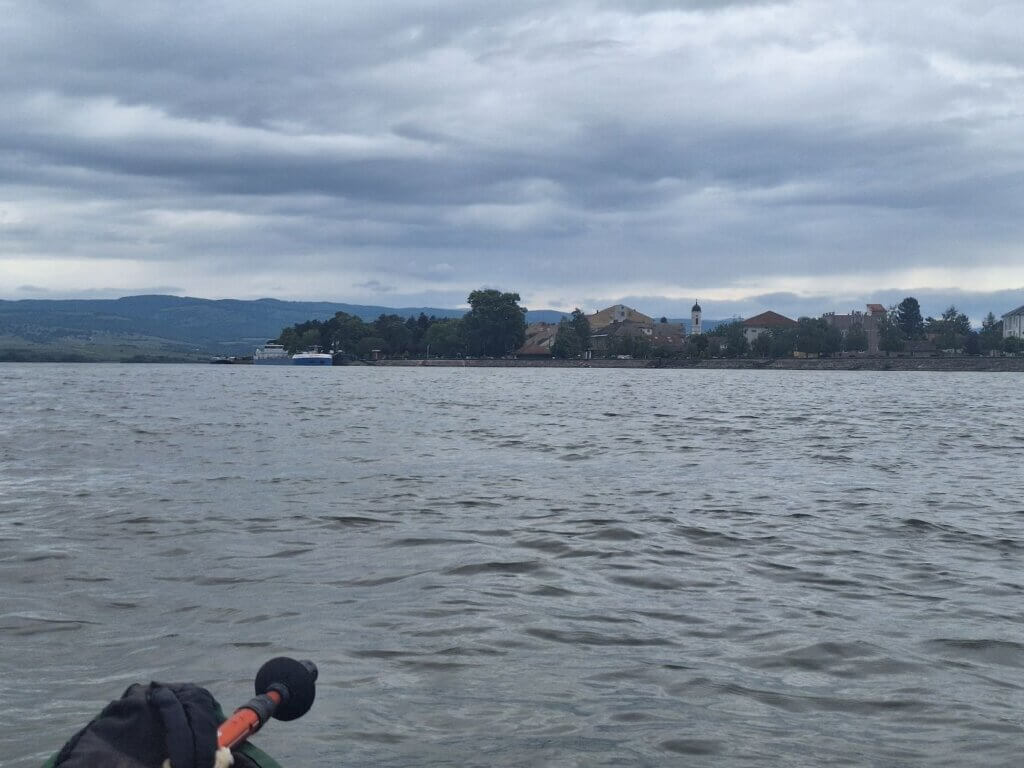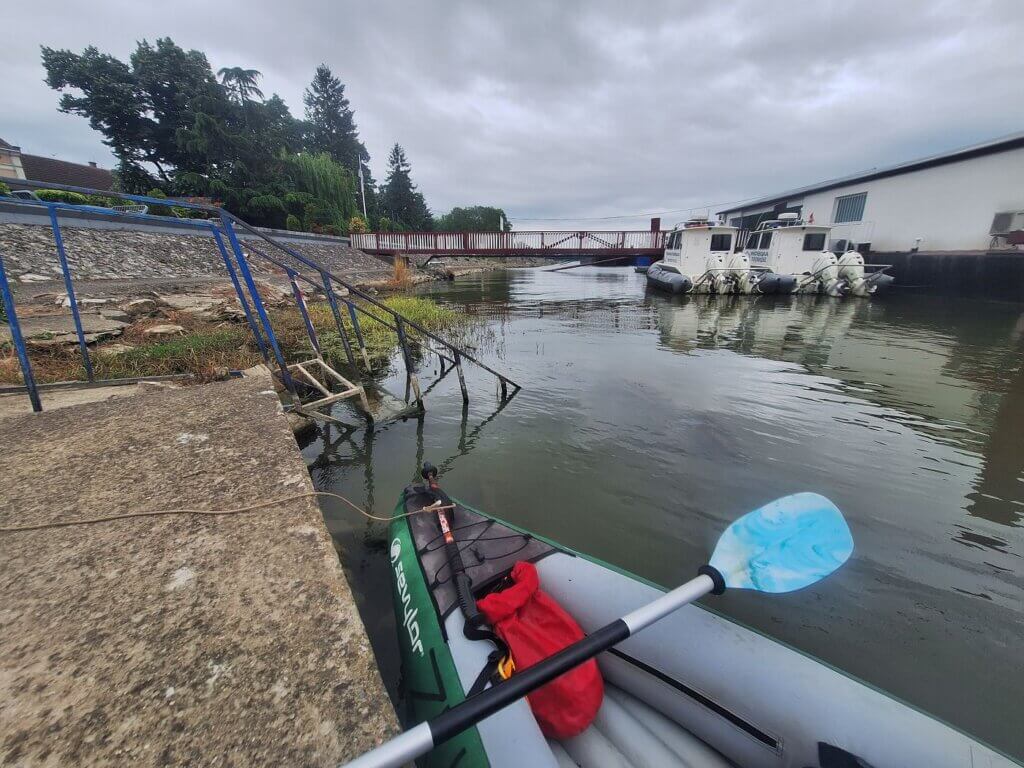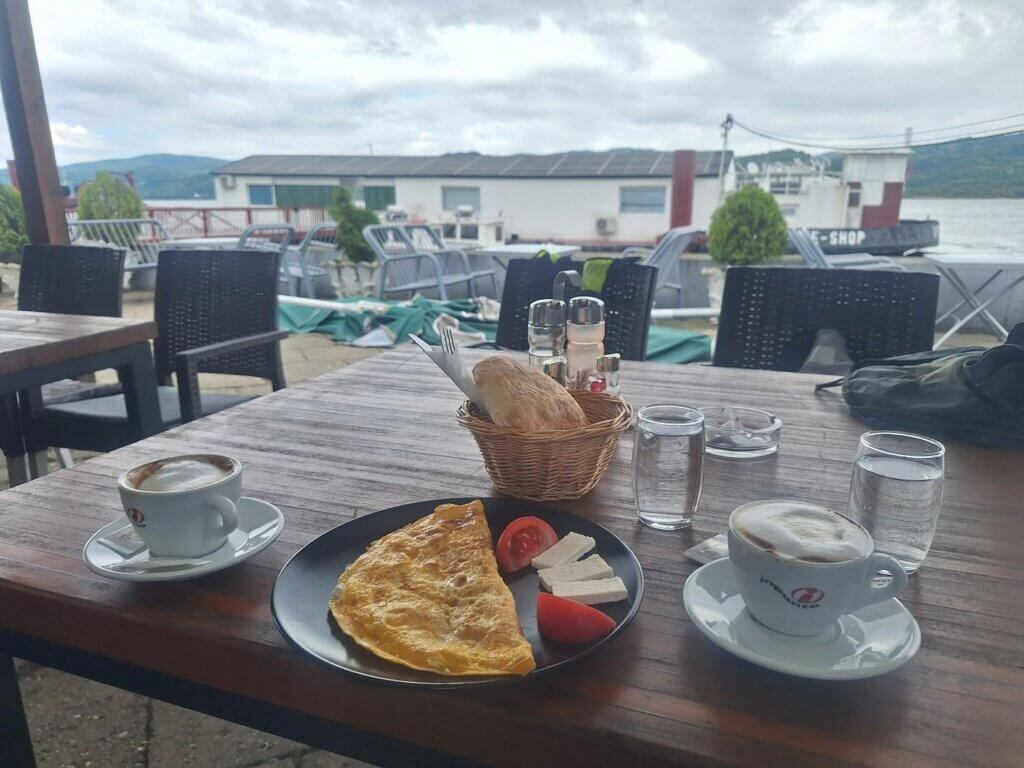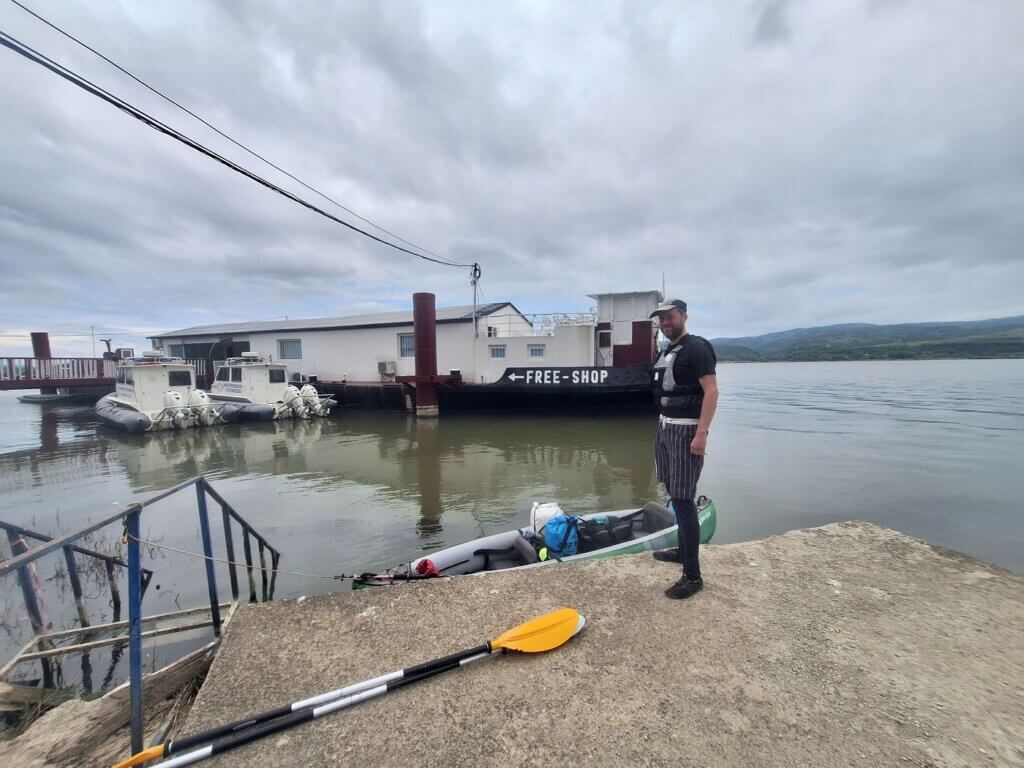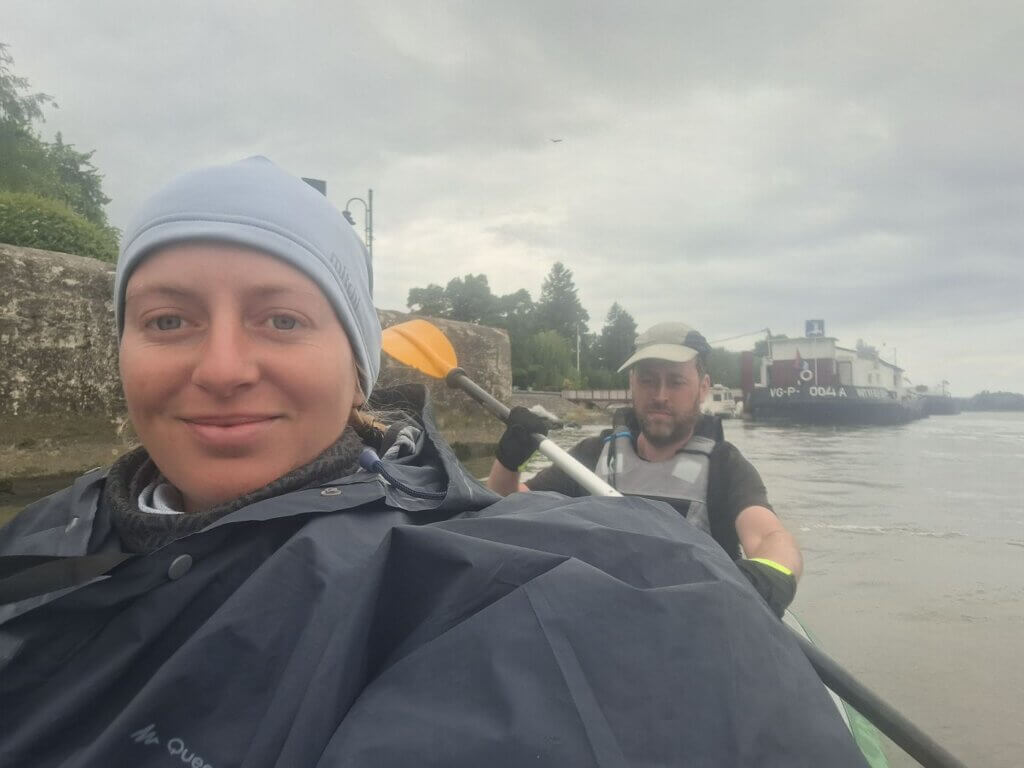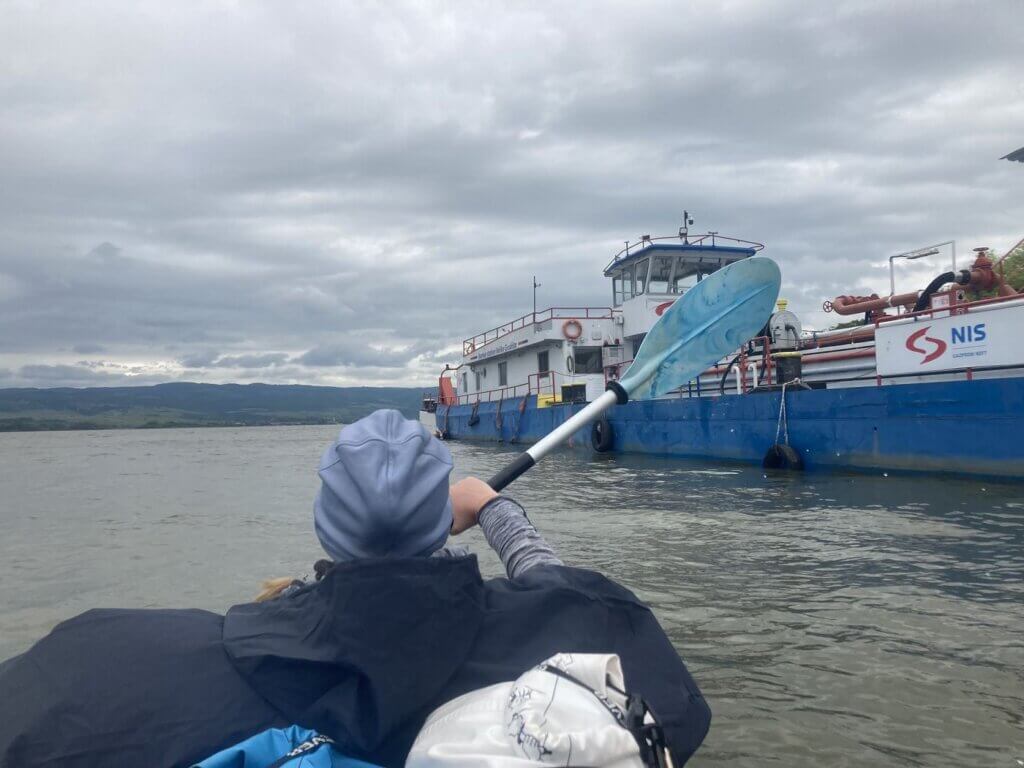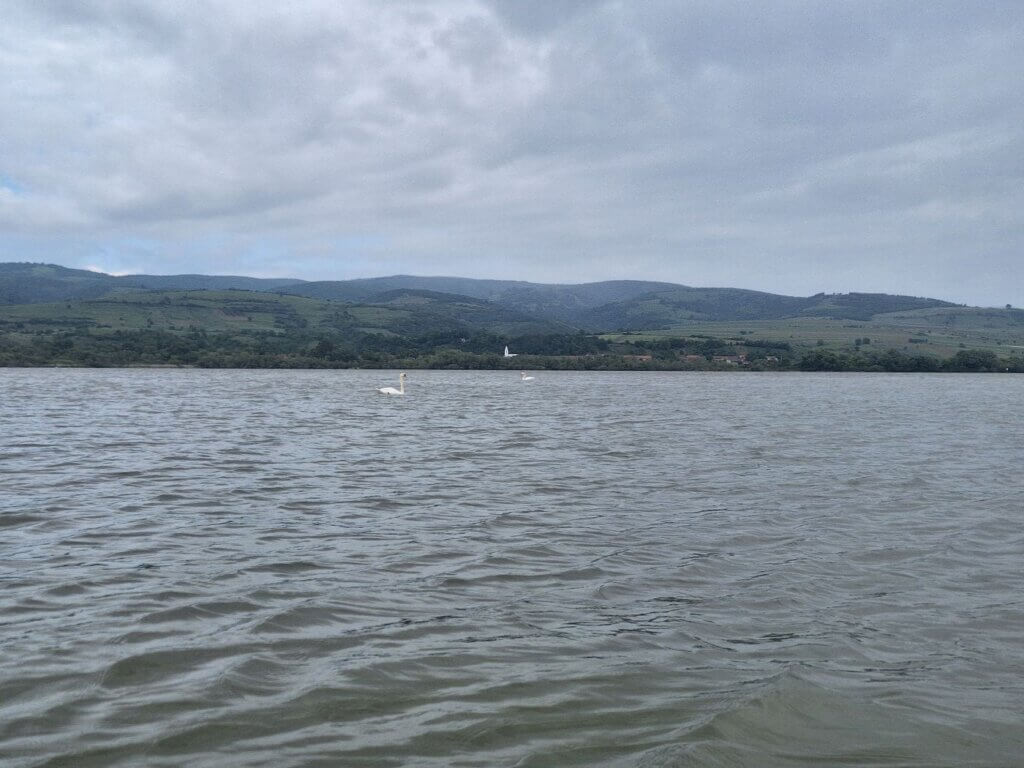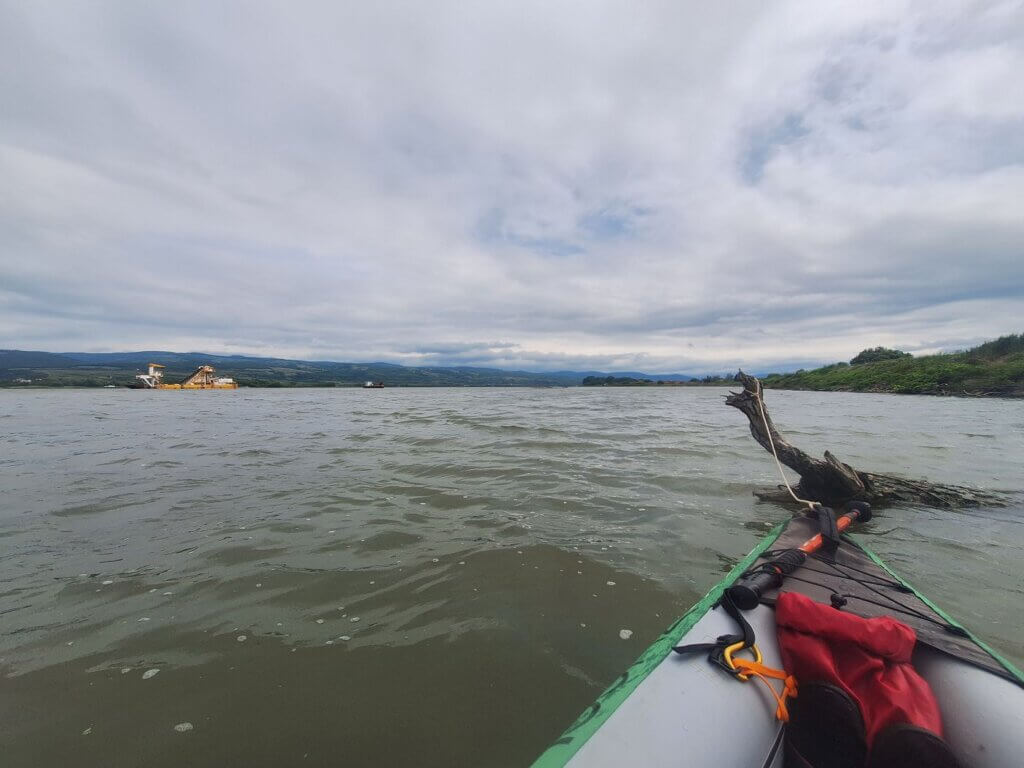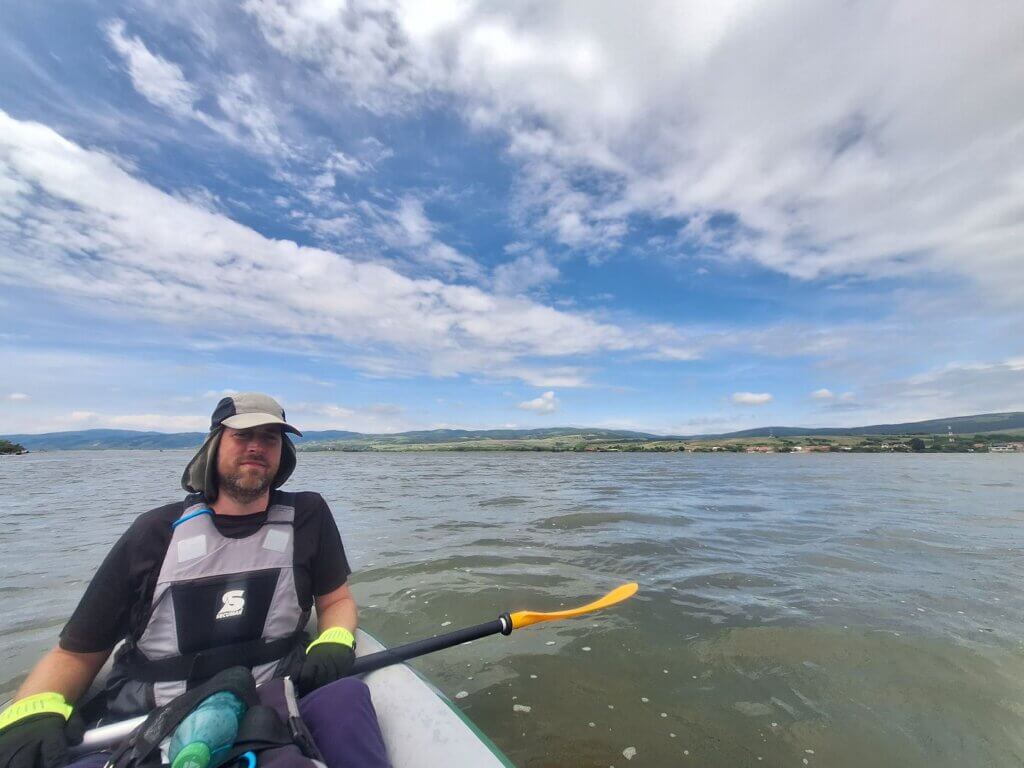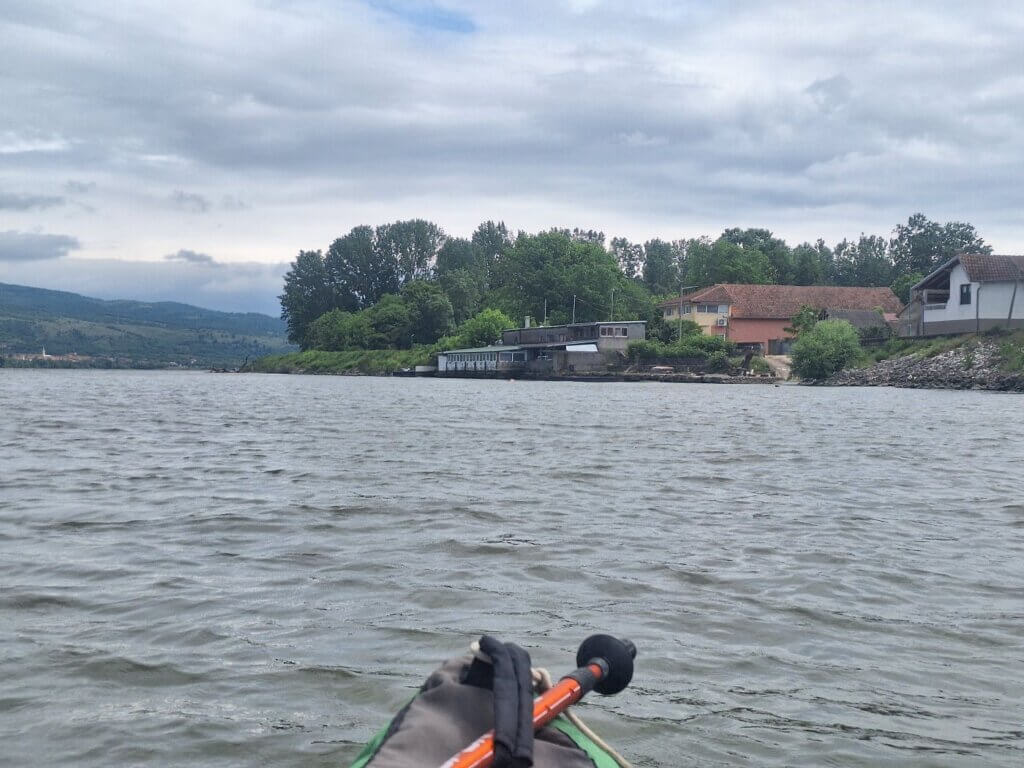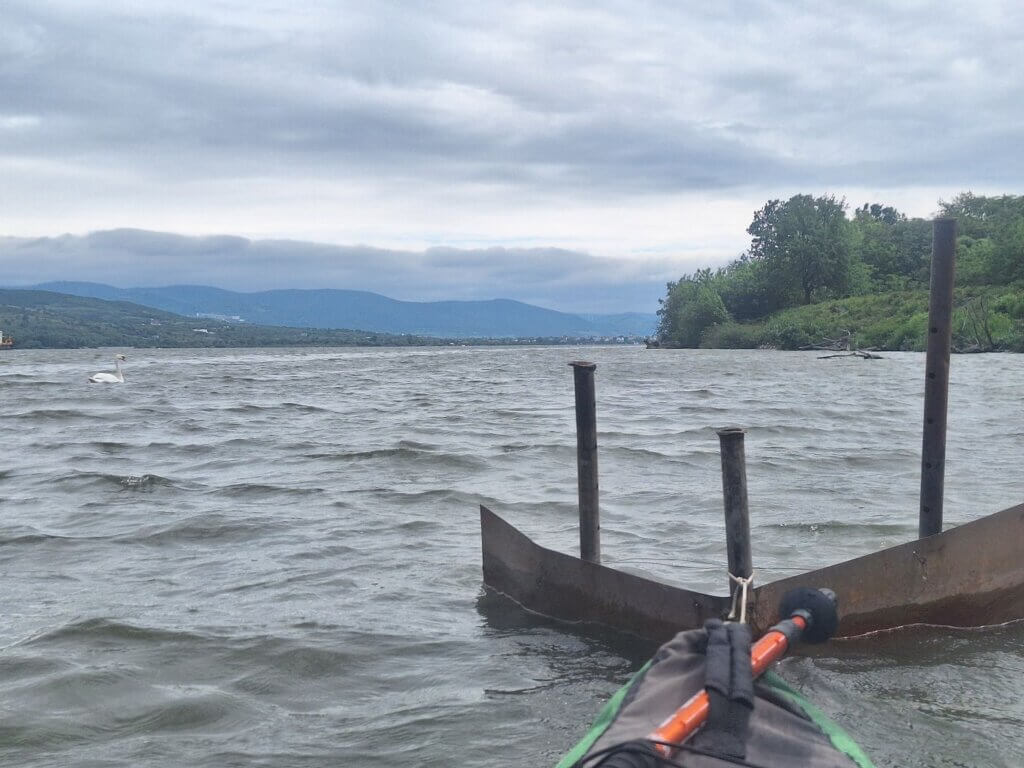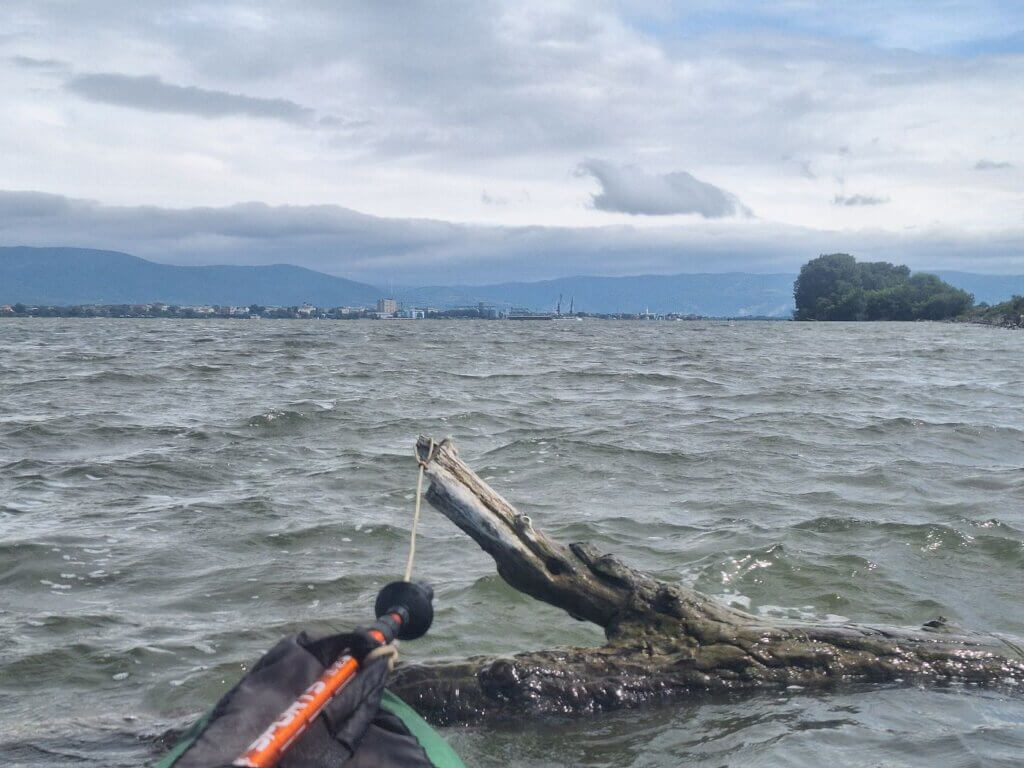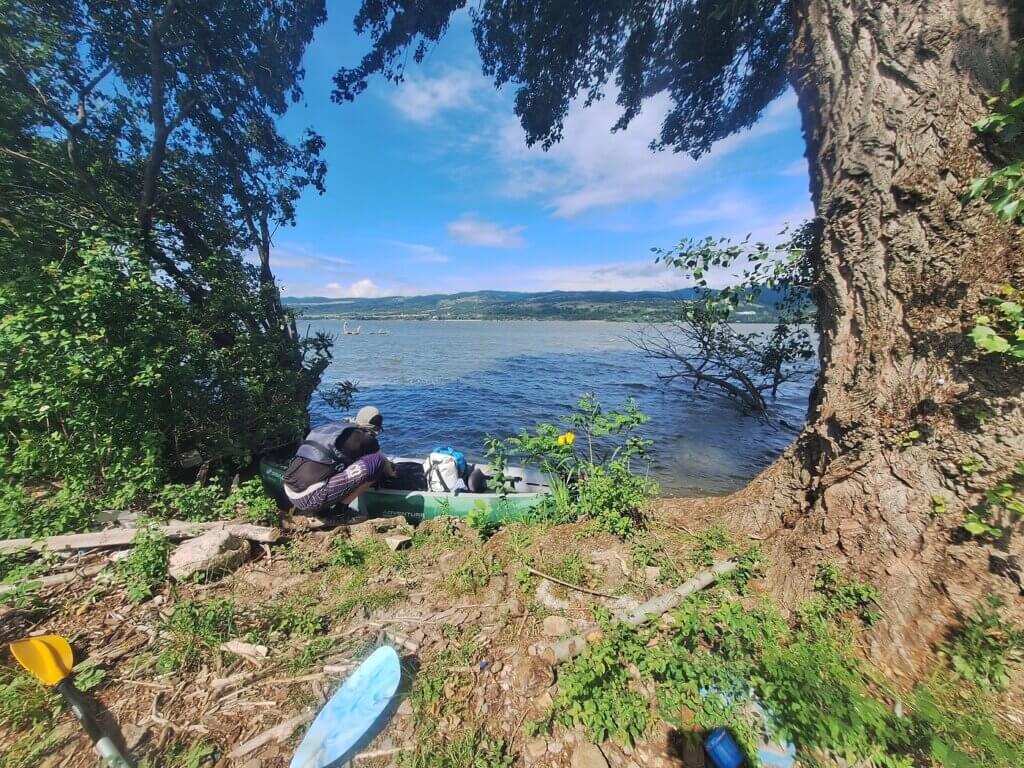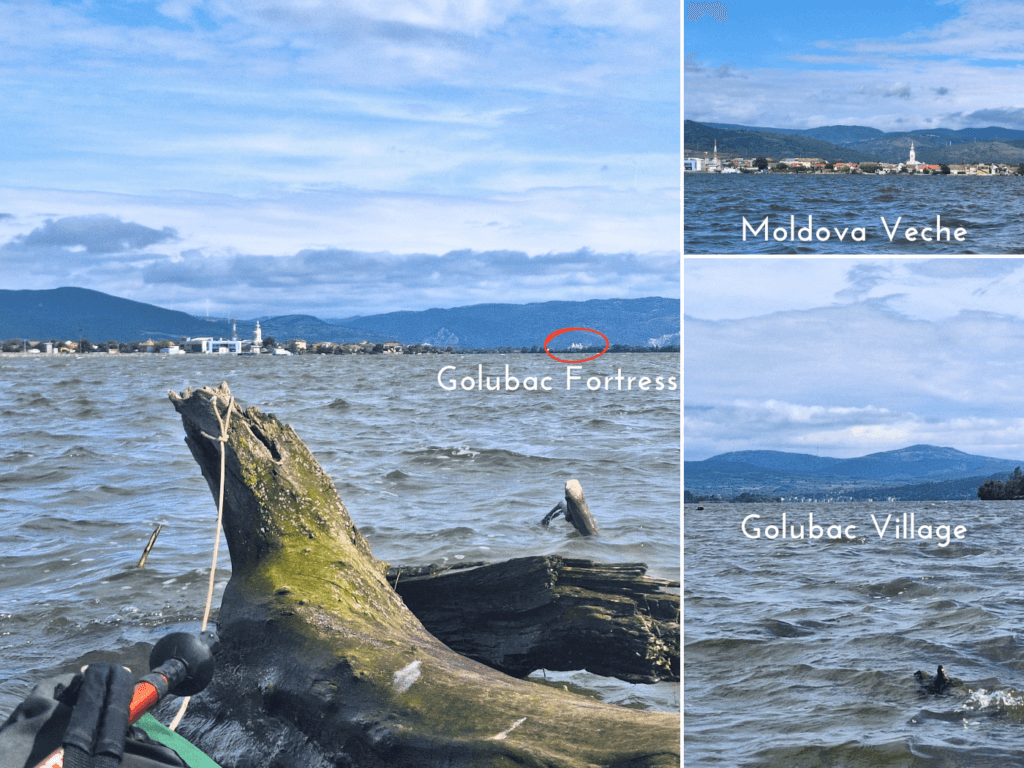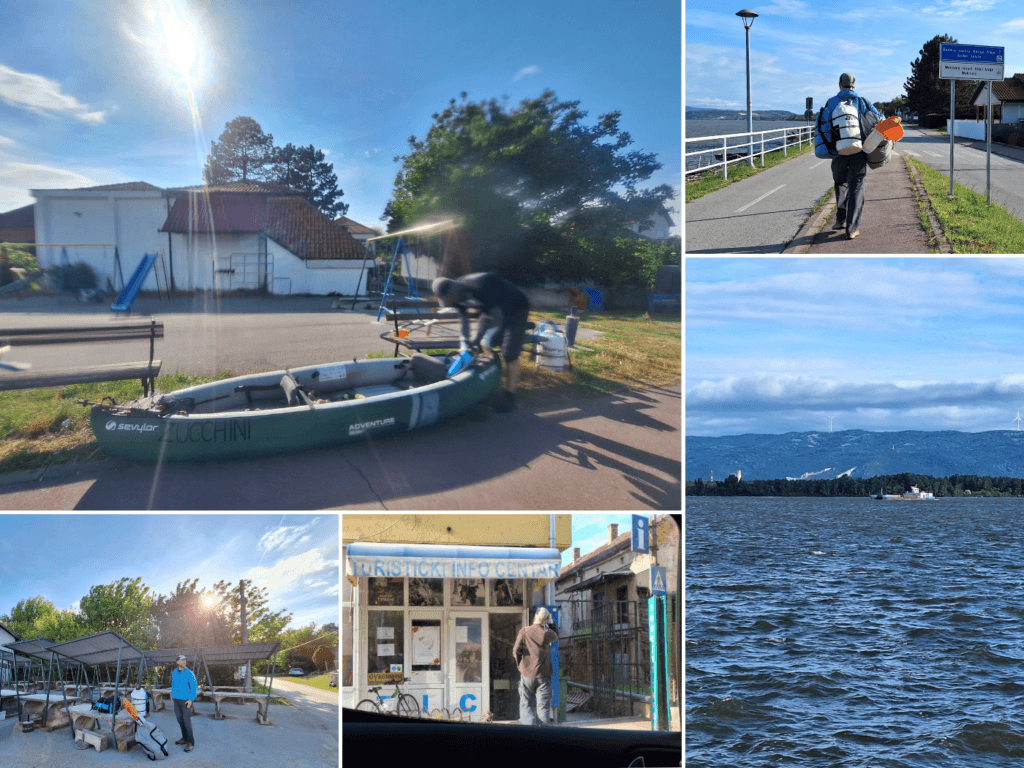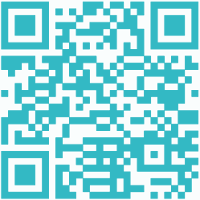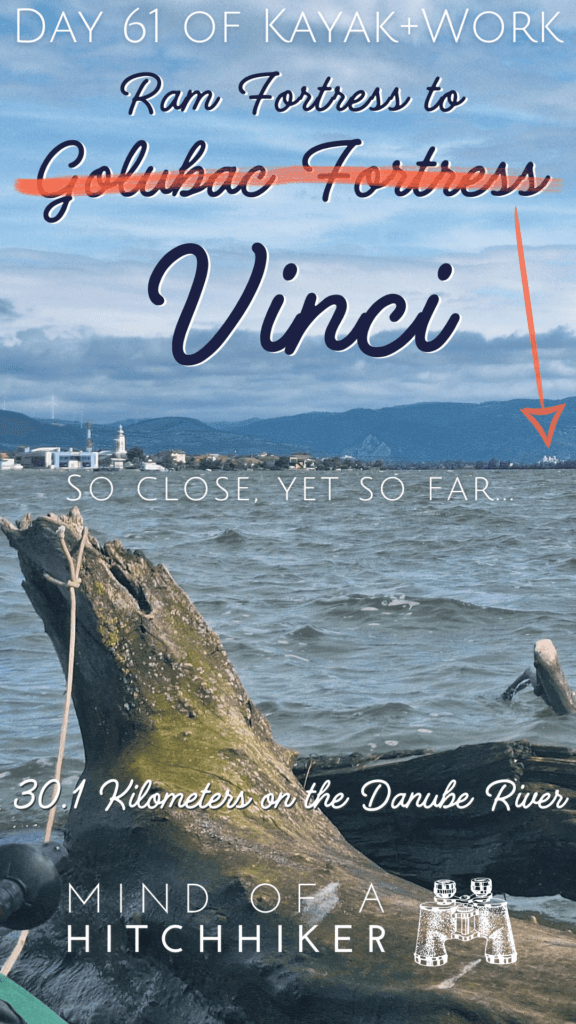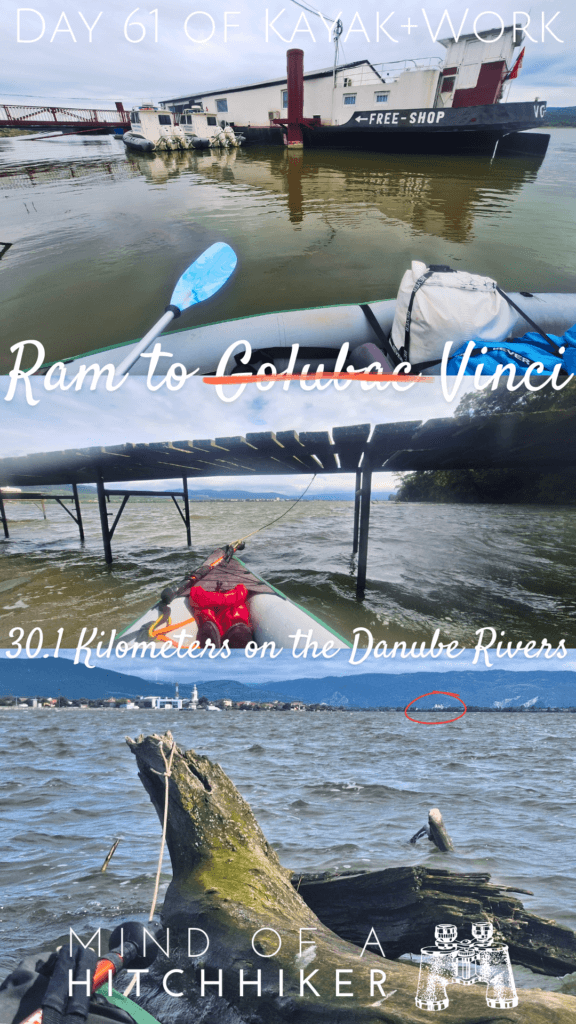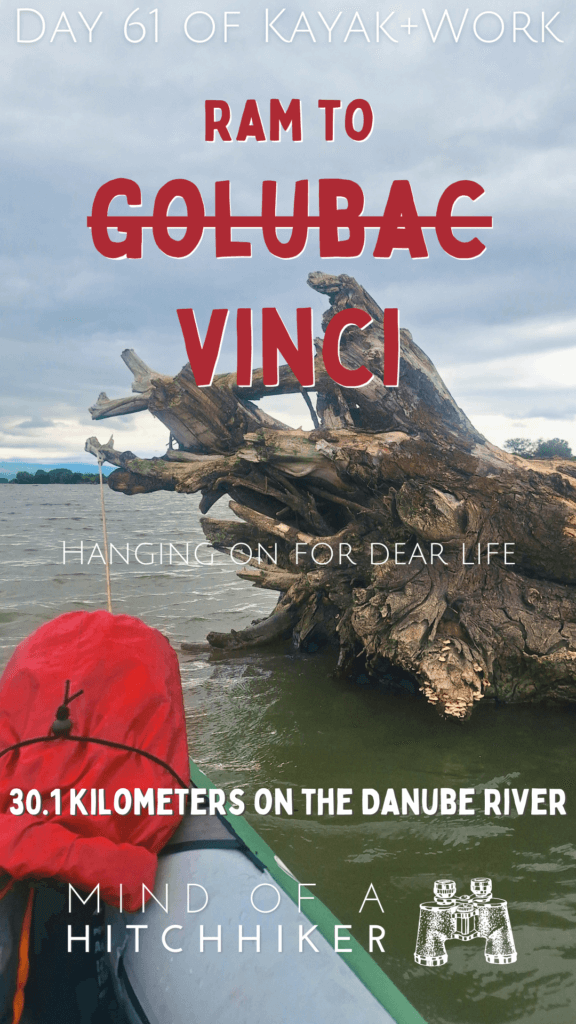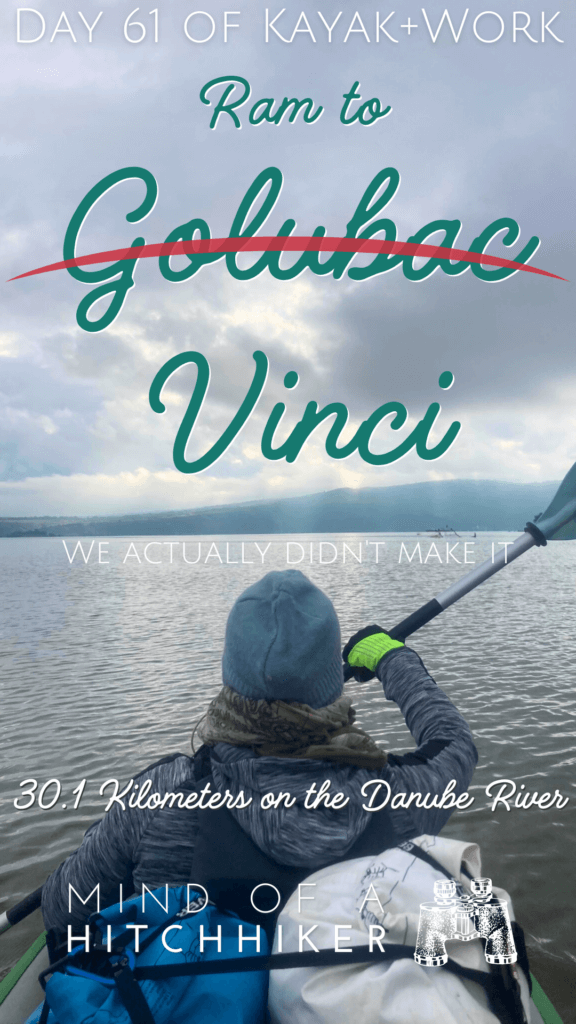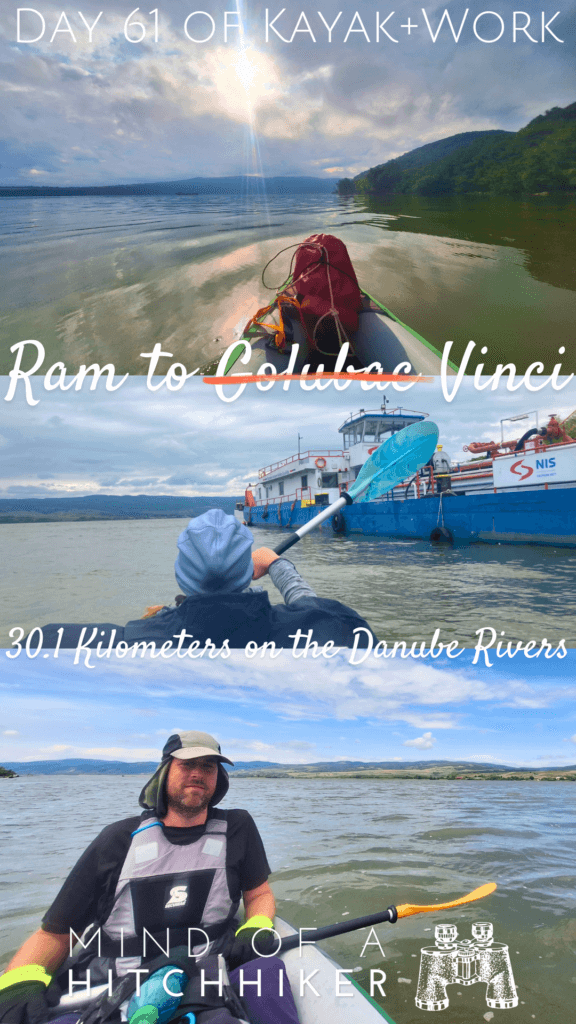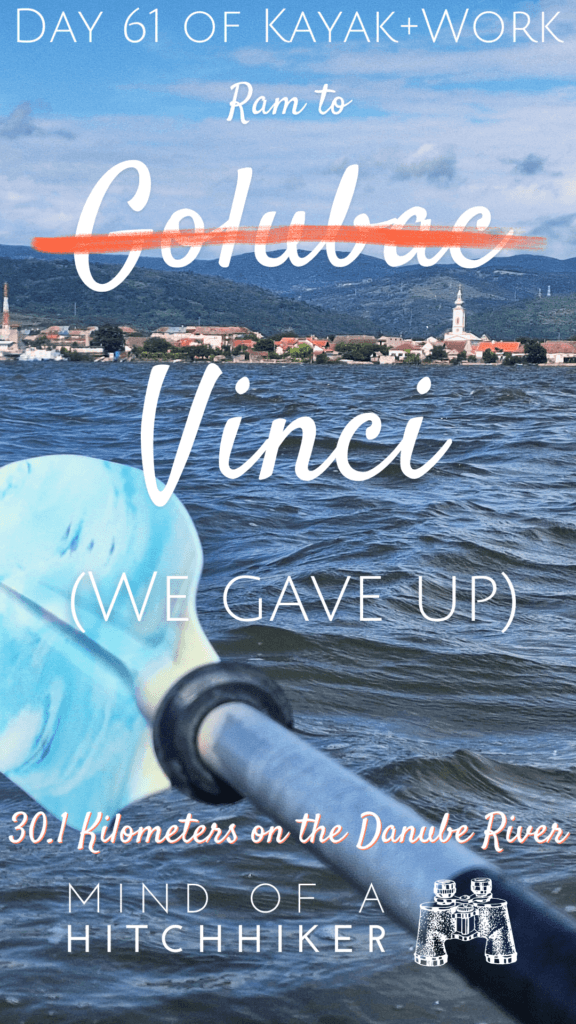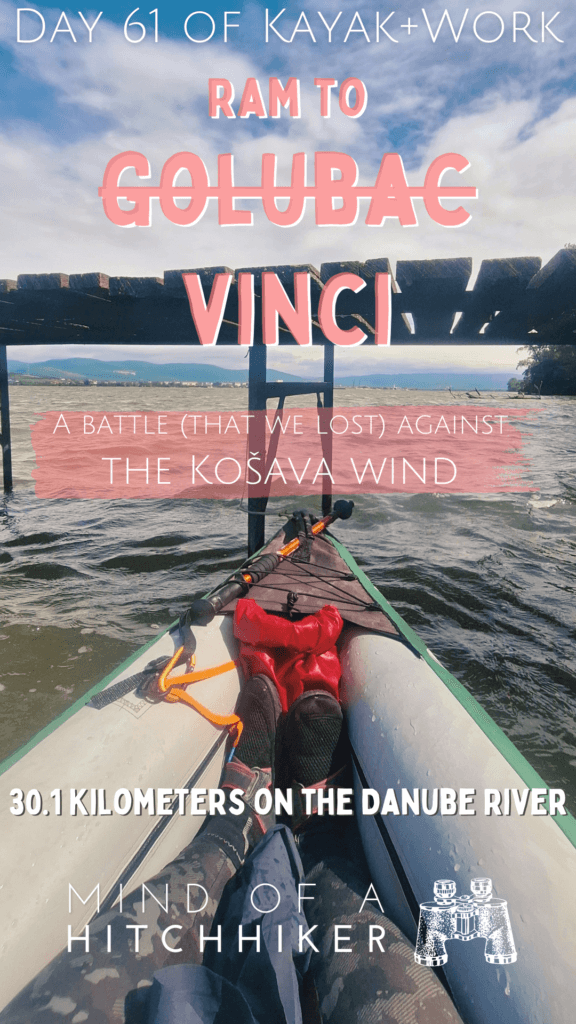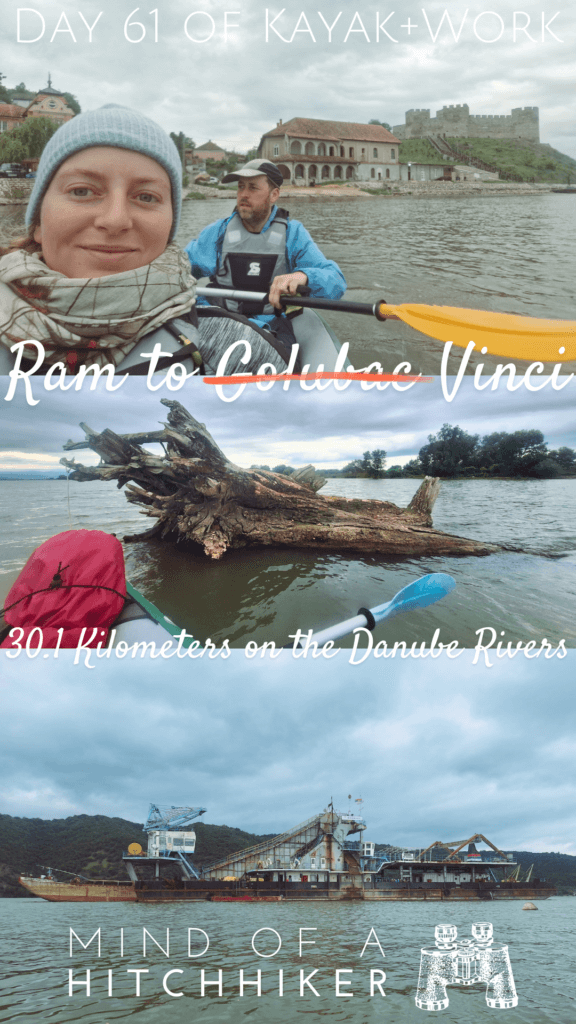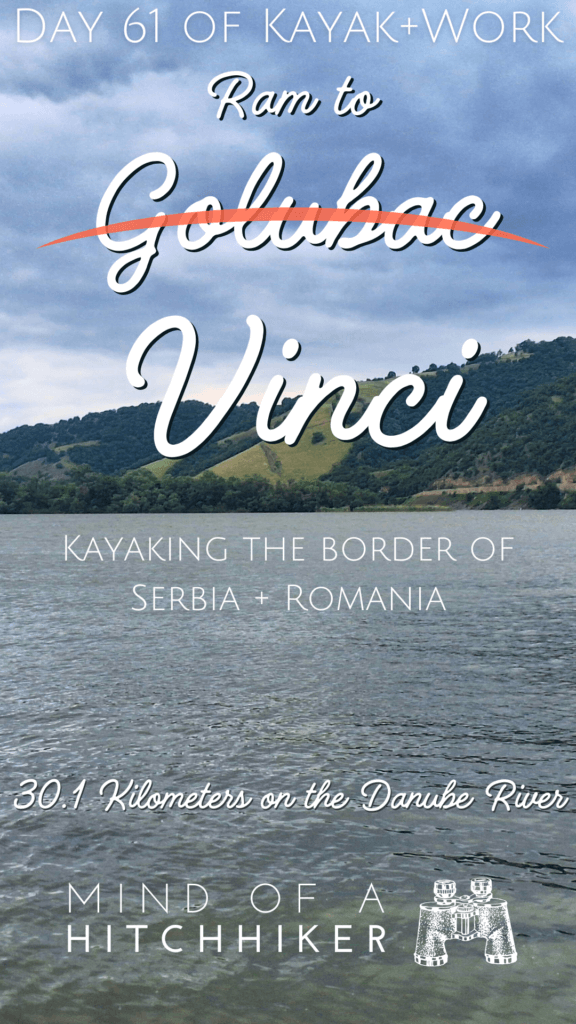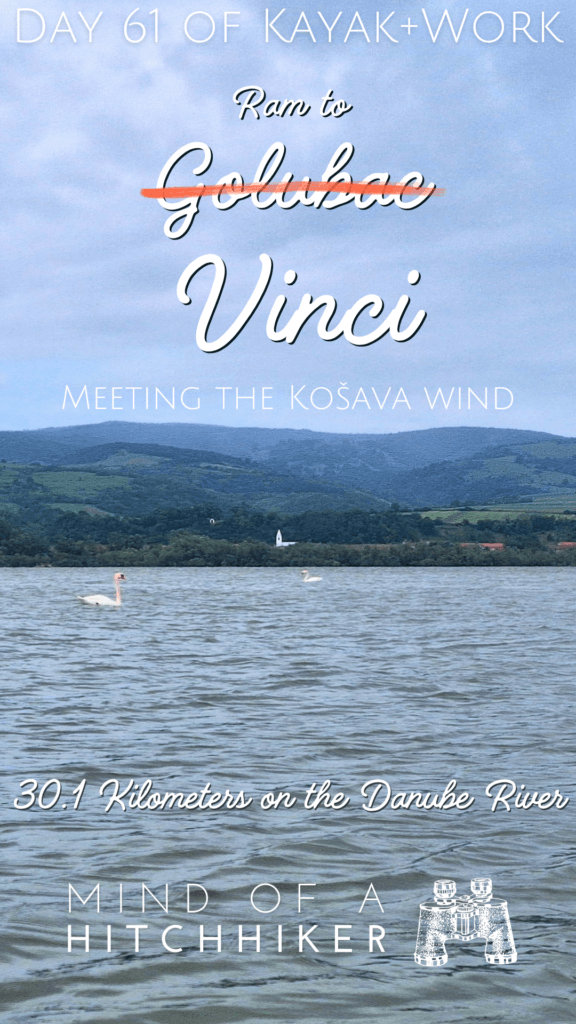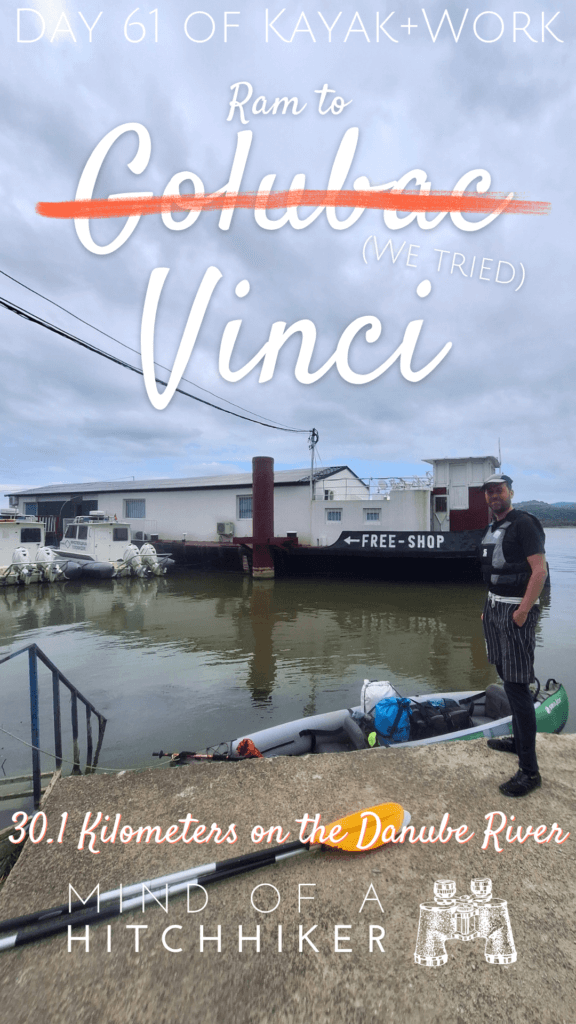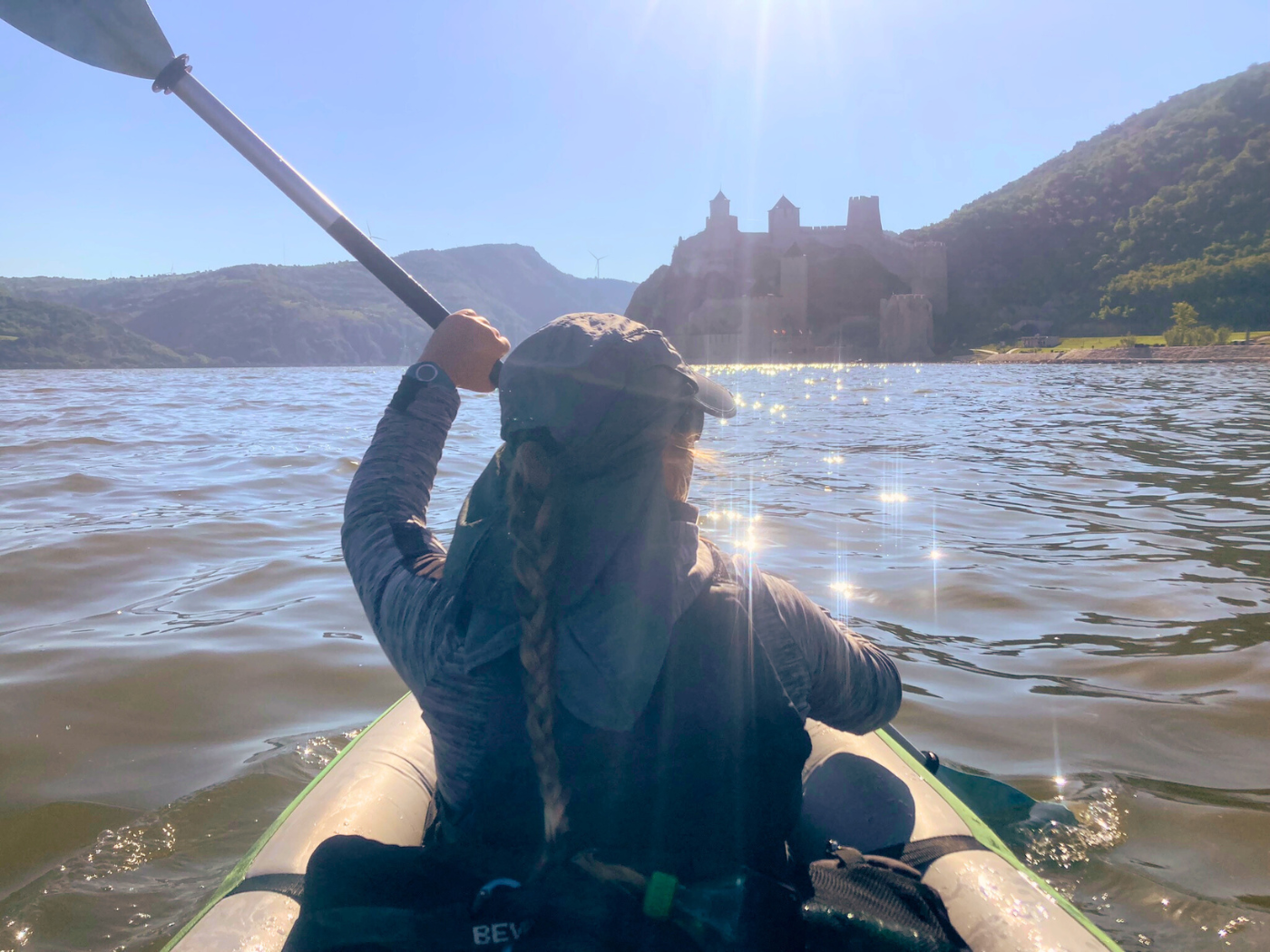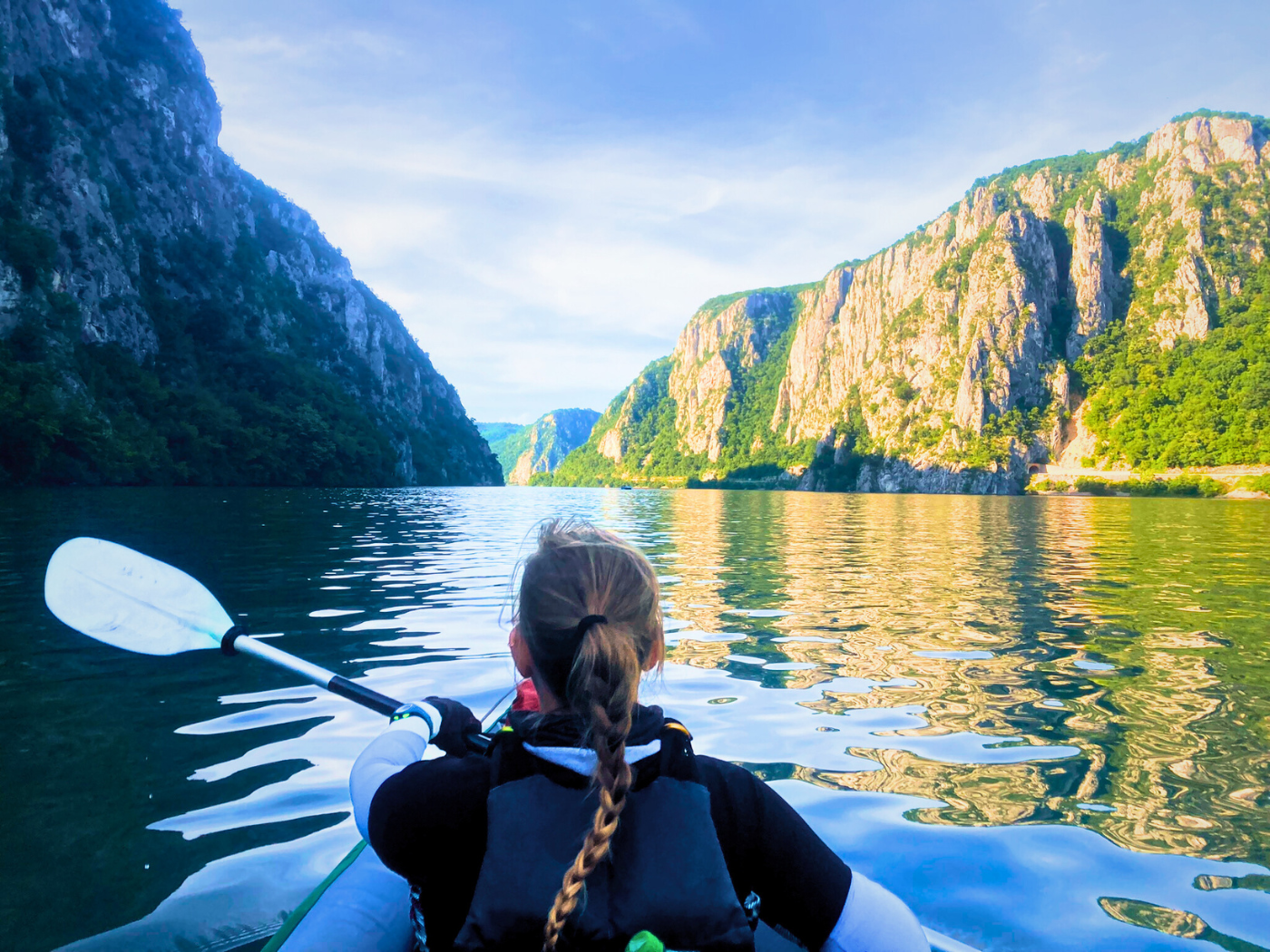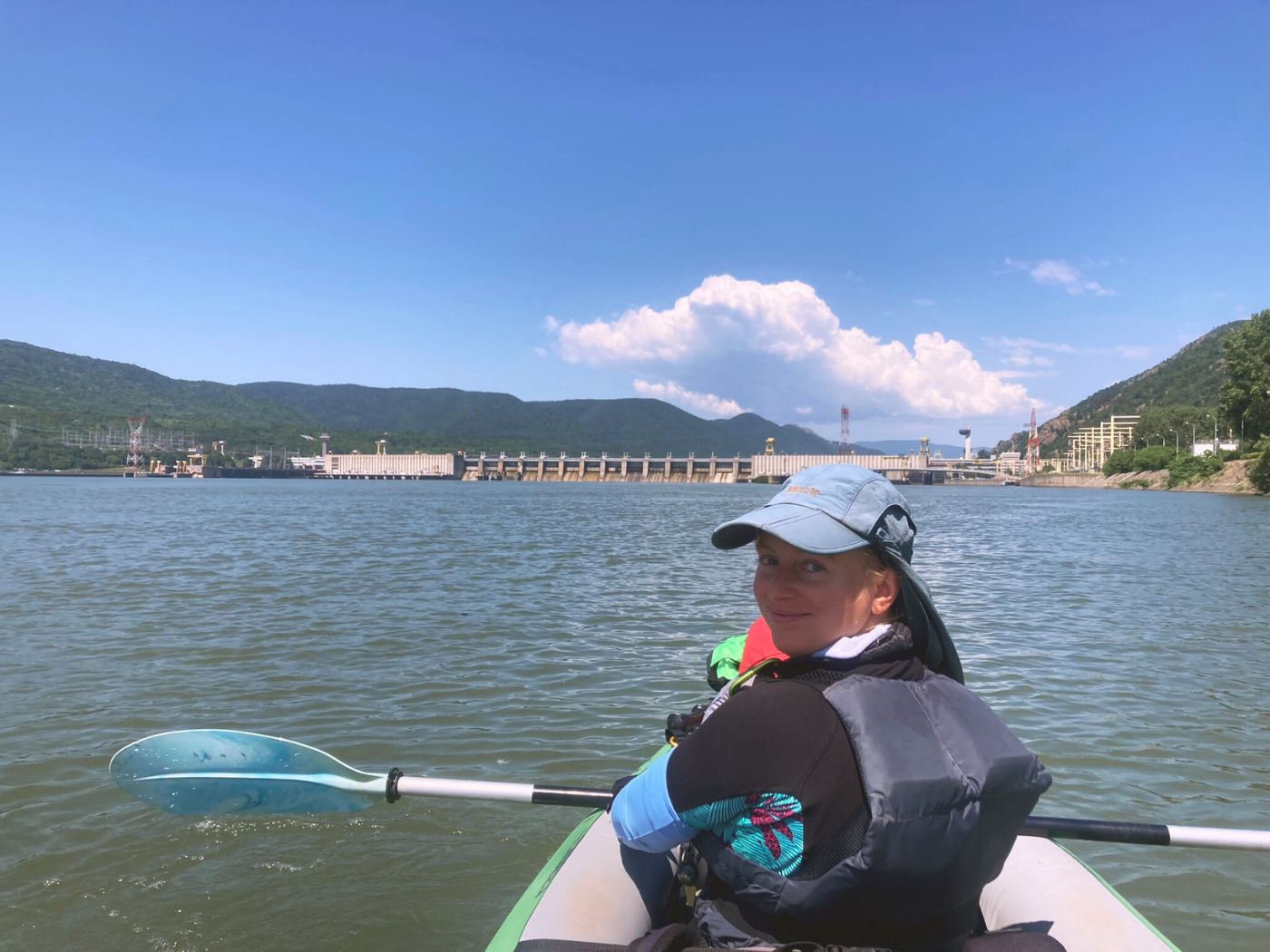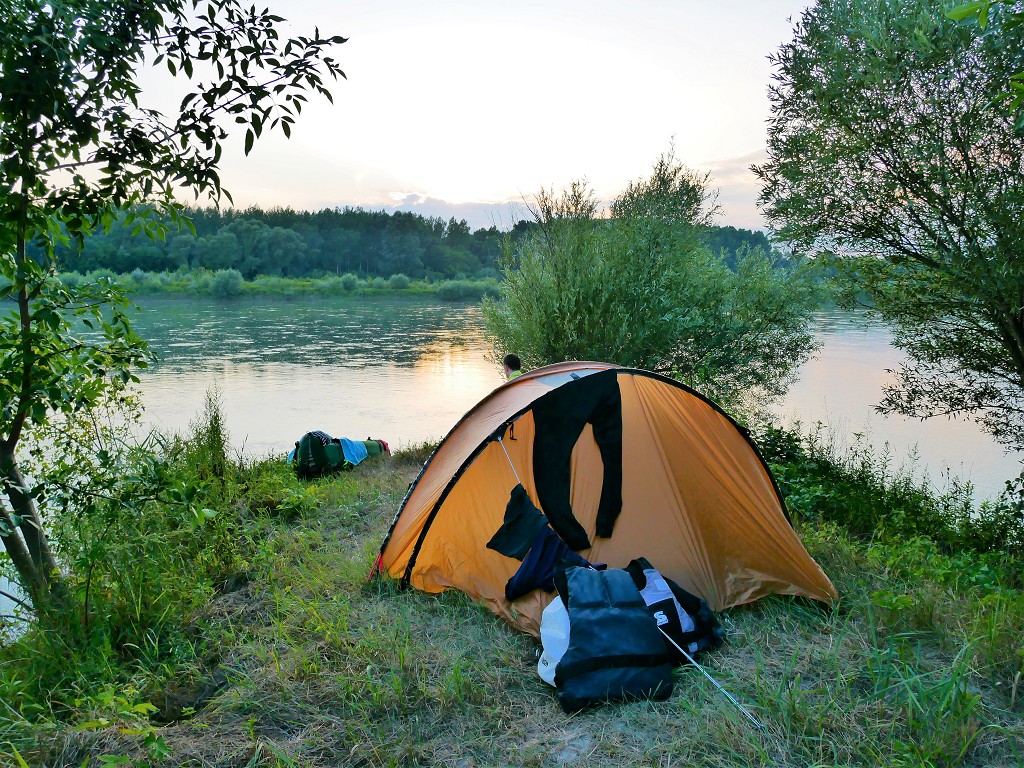
We tried to paddle from Ram to Golubac on the 9th of May, 2024. Because of a powerful mountain jet wind called Košava, we didn’t make it all the way to Golubac and eventually settled for a village called Vinci.
Want to travel the (entire) Danube River in an adventurous way? Join our Facebook group Danube River Source to Sea: Kayak / Canoe / Bike / Hike / Sail to find your community
Contents
- 1 Kayaking into the Romanian Border Area
- 2 Meeting the Košava Wind
- 3 Lunch in Veliko Gradište + Comparing to the TID
- 4 Nutria + Nesting Swans + Romanian Time
- 5 Veni, Vidi, (and Settling Down for) Vinci
- 6 8 Kilometers from Golubac
- 7 Five Nights One Week Nine Days in Golubac
- 8 Informative post? Please consider buying me a cappuccino!
- 9 Thanks for reading! Feel free to share this post!
Kayaking into the Romanian Border Area
Getting ready for the kayak day without coffee saved us about half an hour. We were by the river a little before the ferry departed for Stara Palanka with three of our least-favorite street dogs. As intended, we used the ferry’s gravel slipway to launch our boat. We started paddling towards Golubac at 7:27.
The water was calm and mirror-like. There were a few cargo ships at this time, but not as many as we’d seen in Smederevo early in the day. We paddled around the bluff that houses the ruins of the Roman castle Lederata, which we’d visited the day before. And we paddled under the power lines that cross the entire Danube from Central Serbia to Vojvodina. A small shipwreck laid in the water and morning god rays broke through the clouds in front of us.
The ferry returned from Stara Palanka. We could hear it before we could see it because the dogs were barking. The flat water carries their noise far and wide.
There was no wind here and it was very pleasant to paddle. Though the forecast said that the wind would pick up in the afternoon in the Golubac area, we weren’t worried about arriving.
By 8:00, we paddled next to some unmapped buildings that looked like they had something to do with Danube water levels or water collection. Someone mapped it as an unofficial campsite. After that, the left bank of the Danube became Romania once the Nera River had entered the Danube.
In the distance, another (much bigger) shipwreck visibly diverted the shipping lane. Across the river is the town of Baziaș with its shiny monastery. To our right, there were abandoned structures on the (unfinished?) riverside road for Danube cyclists. Serbia is trying hard to welcome them, though from my perspective it’s hard to see how well it’s going.
We continued paddling around the corner, now headed in a southern direction to the village of Zatonje. The left and right banks of the Danube were now smooth-sloped forested mountains. For fun, I used the OnCourse app to track a little bit of our progress. It gave me a warning that we were on a collision course with a red buoy in the river. The buoy being 1079 meters away and us paddling at 3.8 knots, it would take 10 minutes before we would hit the buoy.
Meeting the Košava Wind
This was all a lot of fun until we saw ripples in the water up ahead. We felt a short, mild backwind. But we could see it wouldn’t last.
The headwind started. I turned off my silly app and Jonas and I focused our efforts to get across the river. As long as we can shortcut the awkward corner at Zatonje a little before we seek the wind shadow behind the former island of Ostrovo, I’m happy. Behind that river island is an oxbow lake of the Danube known as Srebrno Jezero.
But it was incredibly tough. The wind threw up high waves that splashed over Zucchini’s bow, making me very wet. We made slow progress.
Jonas had looked at the route a person from the TID took at some point, and they basically crossed the Danube to the Romanian side, getting close to the first Romanian river island called Calinovăt, and then heading back to the Serbian shores. We decided to only battle the wind head-on and find a stick for mooring at the earliest opportunity. It took us about 45 minutes to cover this short distance.
We had a 9-minute rest at the stick. This wasn’t great because of the wind. In fact, there was a sign on shore that indicated this was a kitesurfing/windsurfing spot. Shit, that means it’s pretty much always windy here. Little did we know at this time, but this particular wind is so famous, it has a name: Košava.
The Košava (Koshava) is a cold, strong southeasterly wind that usually lasts two to three days. The cause is usually an anticyclone 1000 kilometers east and a cyclone above the Mediterranean. It begins in the southern Carpathians in Romania and the Balkan Mountains and follows the Danube upstream. At the Iron Gate Canyon – which, from our river perspective, begins in Golubac – it is pushed through the gorge and gains brutal velocities and gustiness. Its range of effects can be limited to just Romania and East Serbia, but a particularly strong Košava will also reach beyond Belgrade, even to East Croatia and Hungary. Coming to think of it, we might have battled the Košava on the first kayaking day of 2024 from Mohács to Apatin as well. Košava is worse in winter.

Image source: Investigation of an extreme Koshava wind episode of 30 January–4 February 2014 by Romanić, D. et al
Then we continued paddling towards a pre-planned landing spot a little downstream of Calinovăt. On the way to the landing spot, we had to paddle around an awkwardly anchored ship with a guy on board. He waved at us, but we had to keep our hands on our paddles. Next, we heard the grating noise of metal grinding rock or something like that. There was a demonic-looking structure on the Danube with several barges moored to it.
Being in the wind shadow helped enormously to make some forward speed. There was a good landing spot where we had another 9-minute break. I was very cold because all my clothes were soaking wet. We both smashed a protein bar without being beaten by the wind.
When we continued, we had a closer look at the dredging/aggregates extraction ship. It’s truly enormous. And the noises it makes are horrendous. I hope the people who work on these machines have solid ear protection. We just paddled around its buoys and continued our way to Veliko Gradište.
Lunch in Veliko Gradište + Comparing to the TID
Fighting the wind, we had to moor at random river sticks twice more before arriving in Veliko Gradište. One other log had some kind of mammal on them. Otters? Beavers? Nutria?!
Once parallel to the shoreline, we could aim for our destination: restaurant Raj na Dunavu. But first, we had to find it. There was a brand-new cargo ship under the Romanian flag moored at the spot in front of our landing. One guy said hi to us from up there. We paddled around his ship and then spotted a permanently moored ship with a duty-free shop. Slowly, we floated further down to see if there was a landing behind it. And there was, and it was wonderful!
This sheltered spot behind the duty-free shop for cruise ships was very calm. There were two Serbian water police boats moored here as well. We landed at this nice concrete edge that was just a little high at 11:46. Jonas climbed out, then held the boat, and then I climbed out. I used the boat leash and a carabiner to keep Zucchini in place in the water.
We walked up the embankment to the restaurant. Jonas picked a table outside. I was very cold and asked for his jacket. I also returned to Zucchini to pick up my poncho as another blanket to not lose too much body heat. It wasn’t that cold, but I was still very wet from all the splashes of water earlier.
The waiter came and I ordered two cappuccino and one cheese omelet with a lepinja, all in Serbian. This went incredibly well and it arrived in no time. Eating hot food at this time was essential for me. And the whole thing only cost €5.31.
The route Jonas has on his map of the person who kayaked with the TID also shows they landed at this restaurant for lunch. Seems like it’s a popular stopover for kayakers. I hope they had less wind than we have right now.
Speaking of the TID and our trip, things are quite different. Where we both stopped in Smederevo, the TID continued on a short distance to Kostolac while we stayed a bit further in Ram. Then the TID stays in Veliko Gradište while we (try to) go to Golubac. After Golubac, we don’t know exactly what we’ll do yet, but the TID paddles from Veliko Gradište to Dobra beyond Golubac and into the Iron Gate Gorge in one day. I wonder what they know that we don’t know.
Nutria + Nesting Swans + Romanian Time
Lunch made us optimistic. We were now over halfway to Golubac and full of energy once again. If we made it this far in these terrible conditions, we can make it to Golubac. The same way we did it on the day from Belgrade to Grocka na Dunavu—kilometer by kilometer.
Zucchini was peacefully attached to the shore. We set out at 12:38, me wearing my poncho over my still-wet clothes, paddling past a floating boat gas station. The first bit of challenge was to get past the confluence of the gold-bearing Pek River into the Danube. Of course, there were fishermen on the corner with their invisible lines.
We continued to Požeženo, looking at the shining white churches on the Romanian shore at times. The wind grew stronger bit by bit as we turned slowly from east to southeast and needed another break. Požeženo has a riverside restaurant that was our plan B for lunch. Luckily, we didn’t go for this one, as it looked rather lifeless when we slowly paddled past it.
There was a lot of organic matter in the shallow water. We often had to paddle more outwards where the wind was terrible because of the plants in the water that would perhaps snag onto our fin. And there were so many dead trees in the water, which were both a curse to paddle around and a blessing because we could moor at them. Several times, we’d see more of those little brown mammals plopping off the logs when we approached too closely. Am I finally lucky enough to capture a beaver on camera on the Danube, like I’ve wished for since 2019?
No.
Upon closer examination, they were Nutria. The thick, rat-like tail gives it away. And they’re a very harmful (but cute) species originally from South America. It’s kind of unbelievable how I’ve never heard of nutria until last year in Koblenz, Germany. And we’ve seen a bunch of small individuals while kayaking the Ljubljanica in Slovenia this year as well.
Jonas took a little narrated vlog of them while I kept the boat relatively still. We saw hordes, or mischiefs of nutria this day.
But nutria weren’t the only animals we had to deal with. We saw a lot of very large fish breaking the surface and flopping. One happened close to me and scared the living daylights out of me. And then there were swans.
While we usually enjoy a swan or two. But there have been so many on the Danube. And the thing is, they – like us – enjoy a windless area. And we’re competing for that space today. Moreover, it’s their breeding season. On the previous kayaking day from Smederevo to Ram, one swan tried to chase us away.
We had to negotiate right-of-way with a lot of swans while we had very little energy for such interactions. I don’t want to smack an aggressive swan with my paddle in self-defense, but I will if I have to.
The wind got stronger and we were very tired. We moored a lot to have mini breaks. The humble beginnings of Moldova Veche on the Romanian side appeared. We checked the time a lot to mark it down, but I used my watch for that and not my phone most of the time. But I did notice something was off one time when I jotted down the time. And then Jonas said in a frustrated voice how the hell it’s already almost four o’clock? I checked at the next mooring; a one-hour discrepancy. I said Romania is probably in a different time zone than Serbia and we must have connected to a Romanian network. Either that or our phones are mutinying.
So it was only a little before three o’clock. Still not great for an under-forty day we started well before eight o’clock.
After a mooring that was more trouble than relaxing, I spotted a spot between two trees to land at. We had a 20-minute break on land there outside the wind. We ate some of our omelet sandwiches there, but couldn’t finish them. Looking from the land onto the water, things don’t look so bad. It’s like the weather is gaslighting us.
And here in the sunshine on a slab of concrete that was once someone’s dream of a riverfront кућа, I dried my clothes just a little bit.
Don’t worry, it won’t last.
Veni, Vidi, (and Settling Down for) Vinci
Ahead of us on the left embankment was the big Romanian port of Moldova Veche. It’s the first big riverport on the Romanian side of the Danube. We could see its church and some other landmark buildings. But mostly, we could see Danubian water splash in our faces while trying hard to propel ourselves forward.
Though our break invigorated us on the last 15 or so kilometers to Golubac, that was quickly quelled when we encountered some fishing rods on the shore. We saw that the rods were taut, but couldn’t see the lines go into the water. We paddled more into the hardcore wind zone, but still couldn’t see it. And honestly, I am done with figuring things out for fishermen. Fuck them. Fuck them all.
One of the old fishermen was near his car a few meters downstream. And when he saw us, he gestured at us to fuck off outward. Jesus christ, the entitlement of these fuckers.
We soon needed another break at a stick in the water. It was now 15:45. Time caught up and we were still quite far from the nearest settlement called Vinci. It’s not a proper town, but it’s one of Serbia’s many weekend villages.
We made it another dreadful 1.23 kilometers from the last mooring spot before we needed another. At least we’d passed the church of Moldova Veche on the Romanian shore and were now paddling due south. We could see the Romanian island called Ostrov Moldova Veche. It’s a nature reserve with one tall hill and lots of nesting birds. To the right of the island, we could see our still remote target of Golubac Village. Beyond the flat island in the middle of this… lake, I guess… I could see Golubac Fortress.
We hoped that this Romanian island would shelter our shore of the Danube and that Vinci to Golubac would be easy. But all day long, relentlessly, things just became more difficult.
We stayed at our latest mooring spot for five minutes before we continued. I’d hoped to make it at least to Usije, where the ferry to Moldova Nouă departs from. But as we turned towards the island, the wind picked up from a gnarly diagonal position. It pushed us from the front and towards the shore and threw rather big waves.
Our latest challenge was to get around the breakwater of the small marina of Vinci. The hook-shaped embankment almost caught us, which might have been a relief. But screaming to find the power, I managed to turn the tip of our boat to the left of it so we might pass. Of course, we made a swan our sworn enemy in the process.
The waves after the port got even bigger, but now we were at least in civilization. A woman was walking her slow-ass dog high up on the embankment in the same direction. Not managing to overtake her, nay, keep up with her, was truly demotivating.
Not soon after, Jonas shouted he was afraid of the waves and the direction of the wind. I tried to keep our nose going downstream as much as possible, waves be damned, but the diagonal wave action horrified him. We couldn’t agree on a course.
And then, a landing spot appeared to our right. We synchronized to land there, though we didn’t know how to get out. A lot of river debris was blocking the access to the stairs, and the concrete slipway itself was broken in half. The tough wave action made it difficult to get out, but eventually, I found a way out via the stairs and its filthy, filthy water.
I pulled Zucchini upward so Jonas could get out as well. I asked him if we were done.
“Yes, we are done.”

